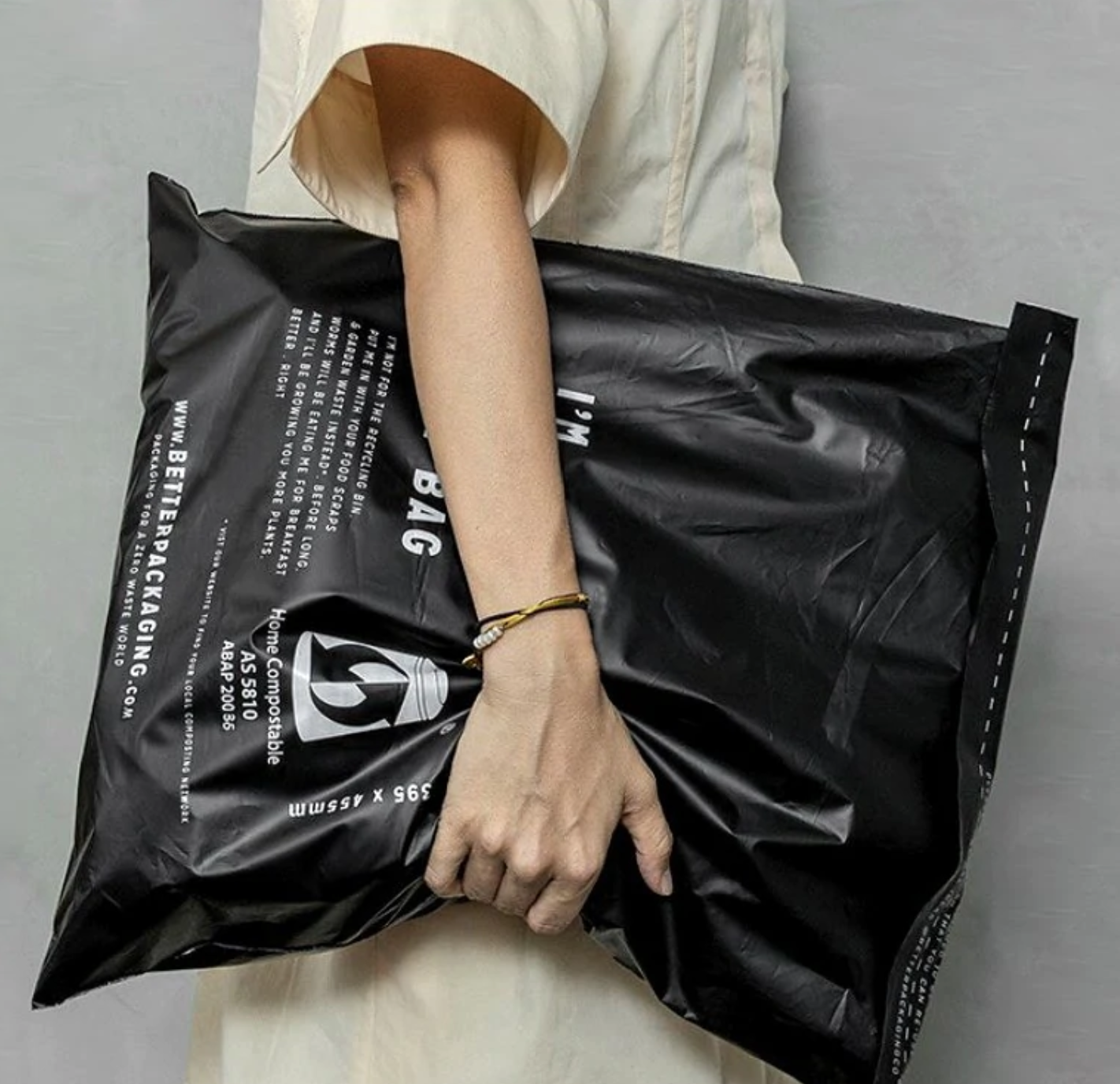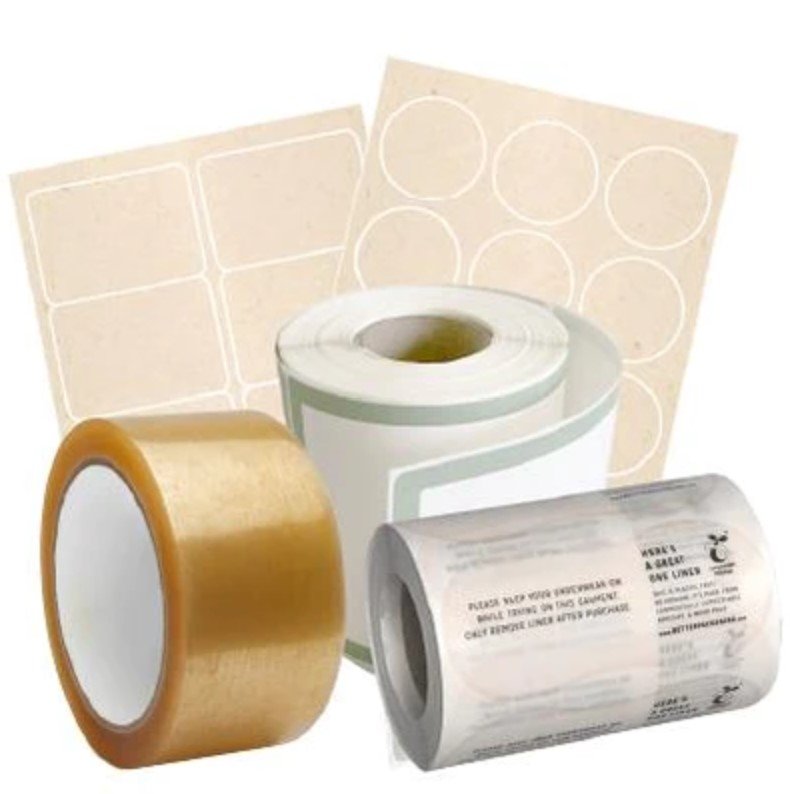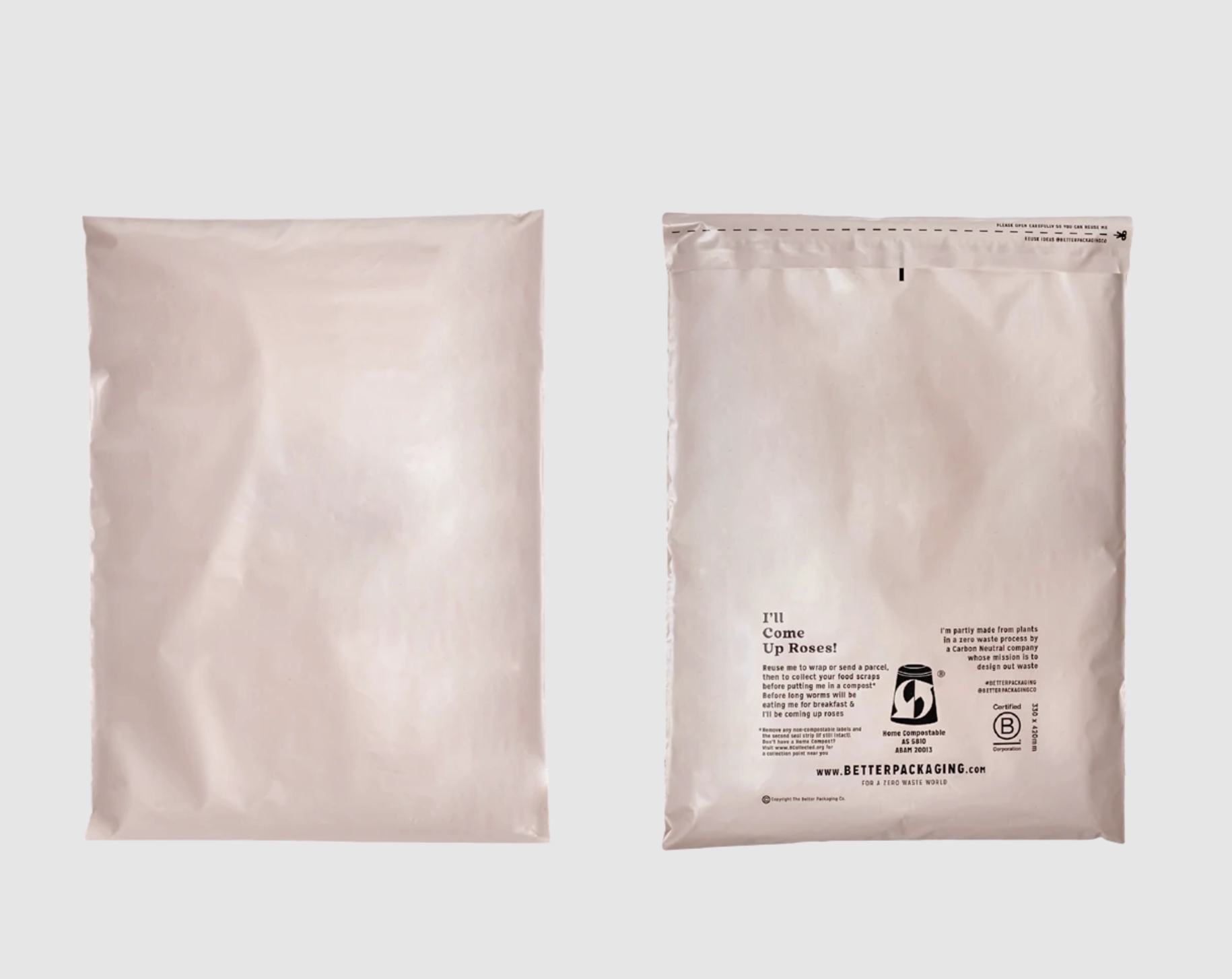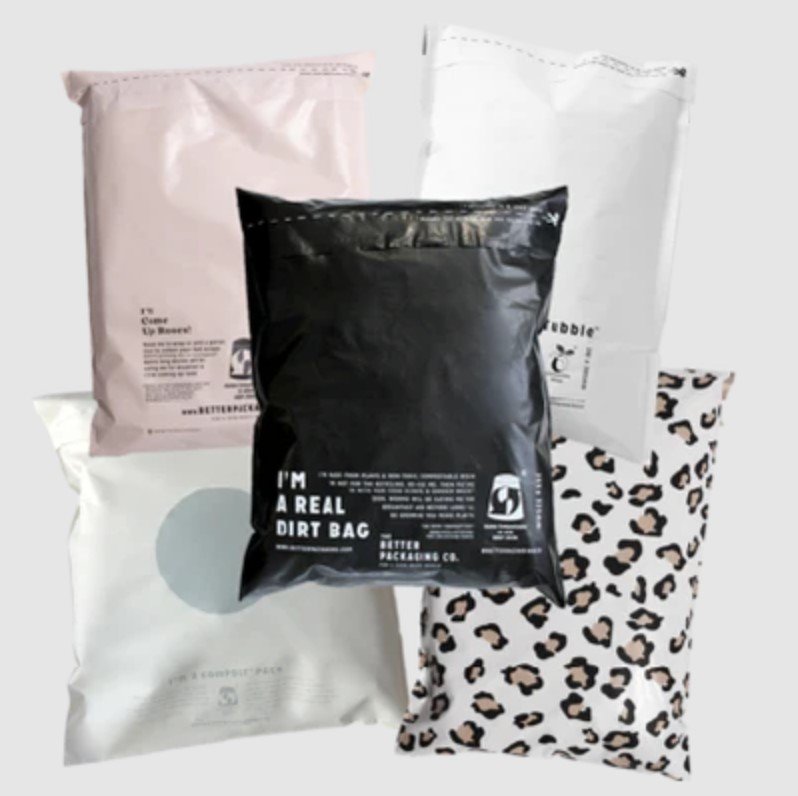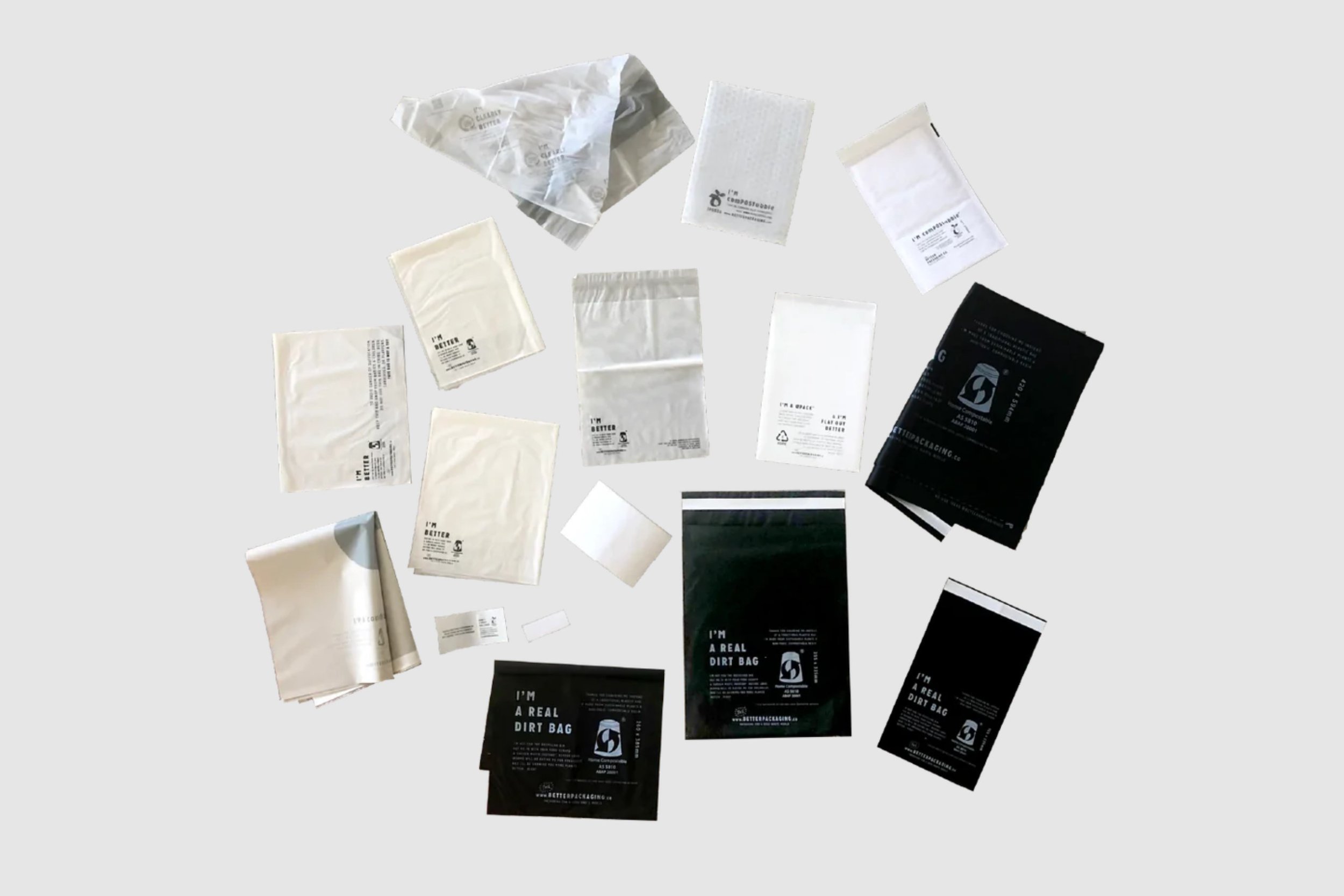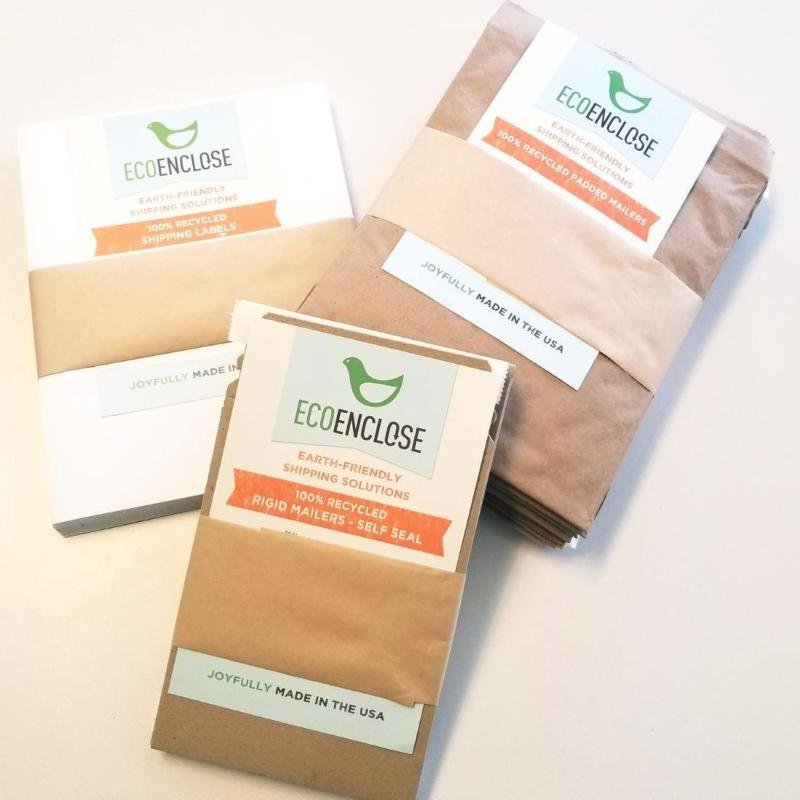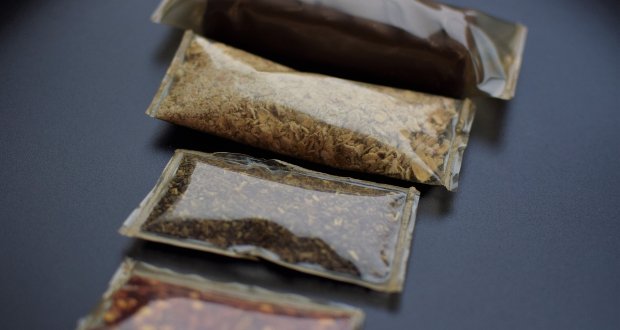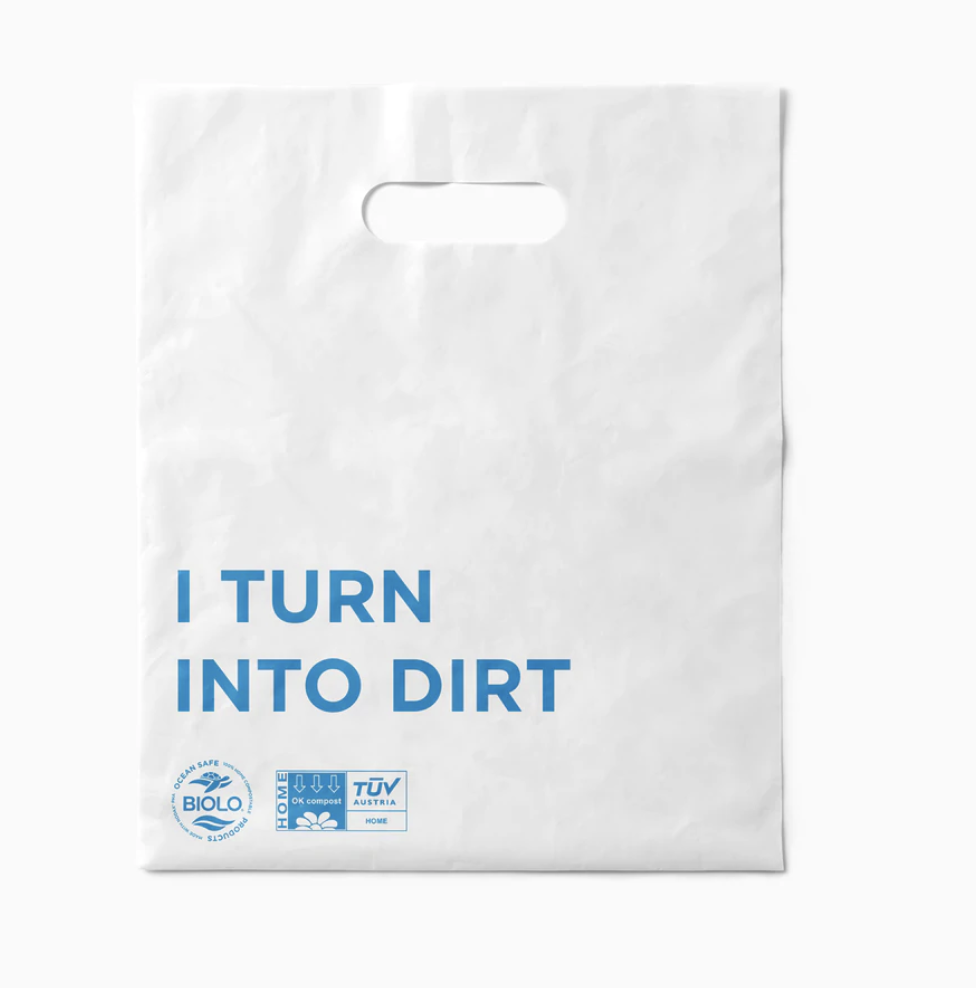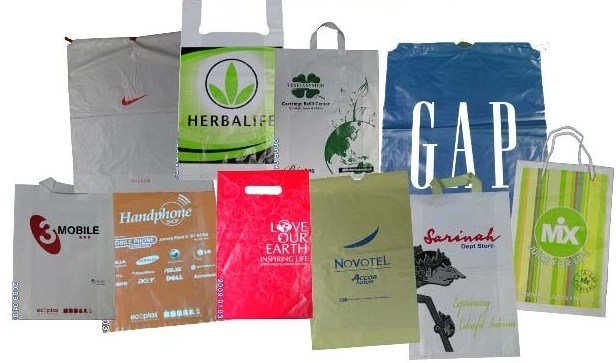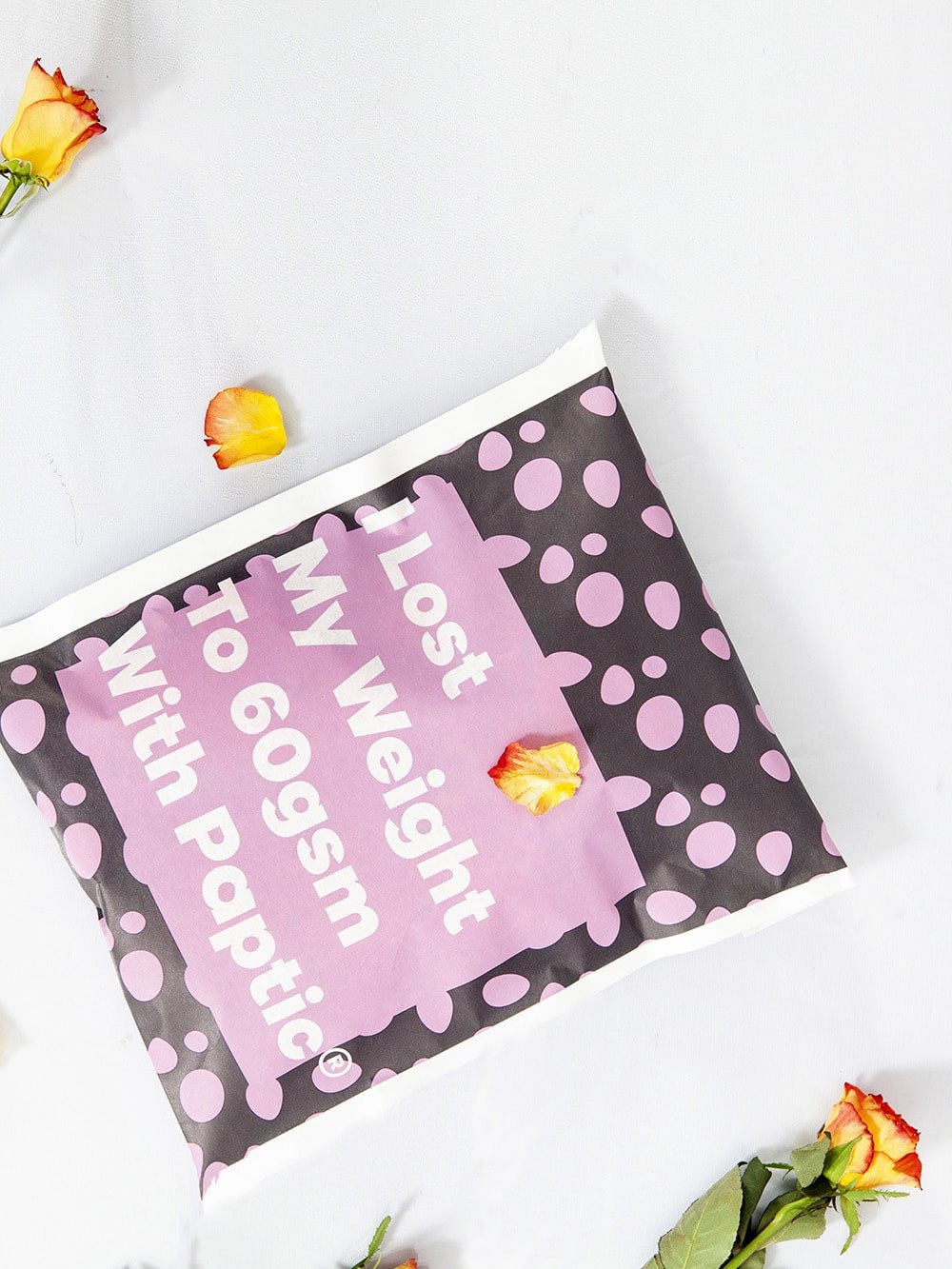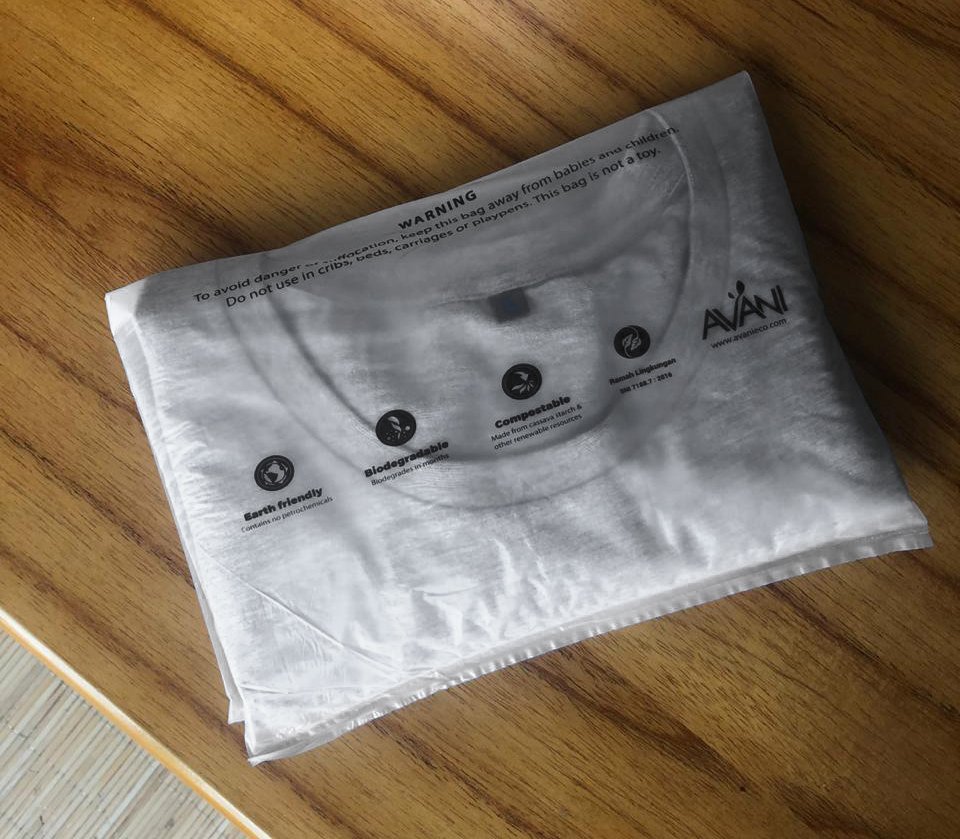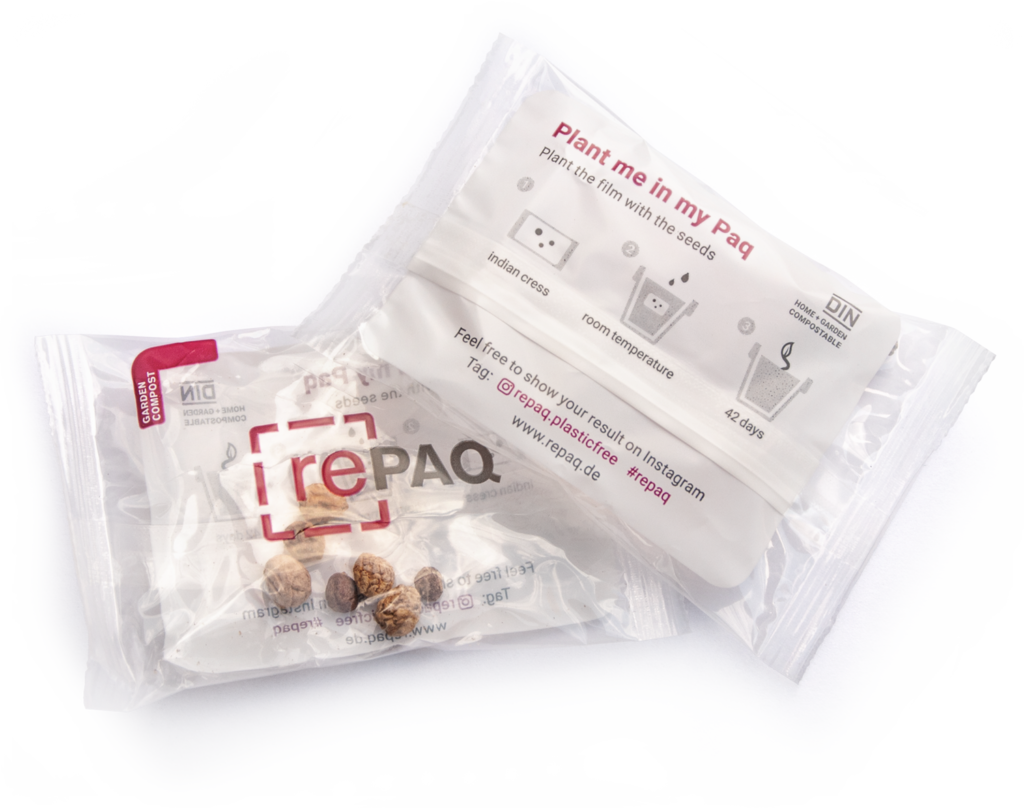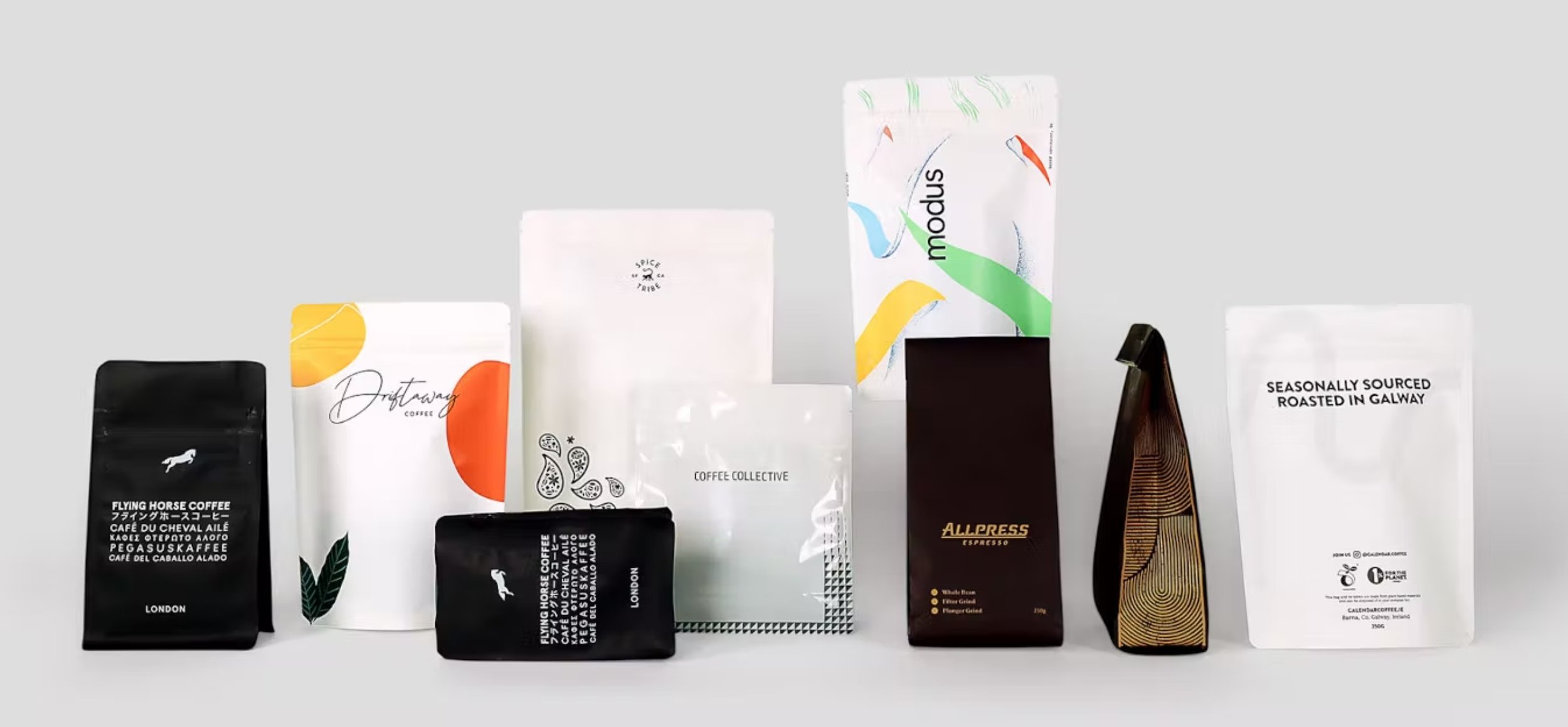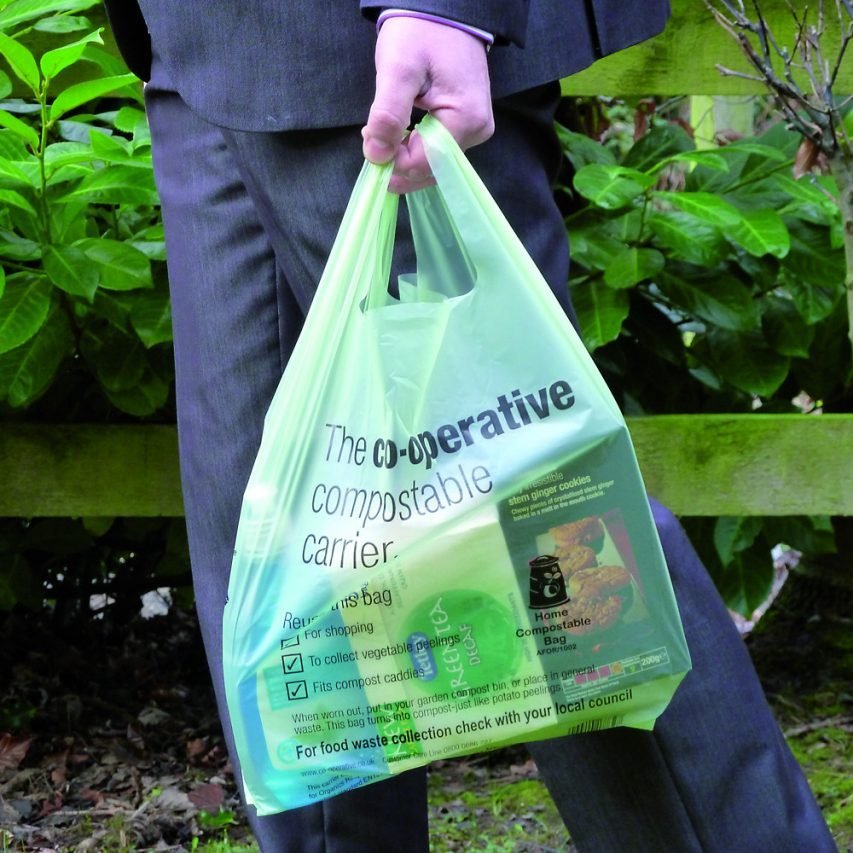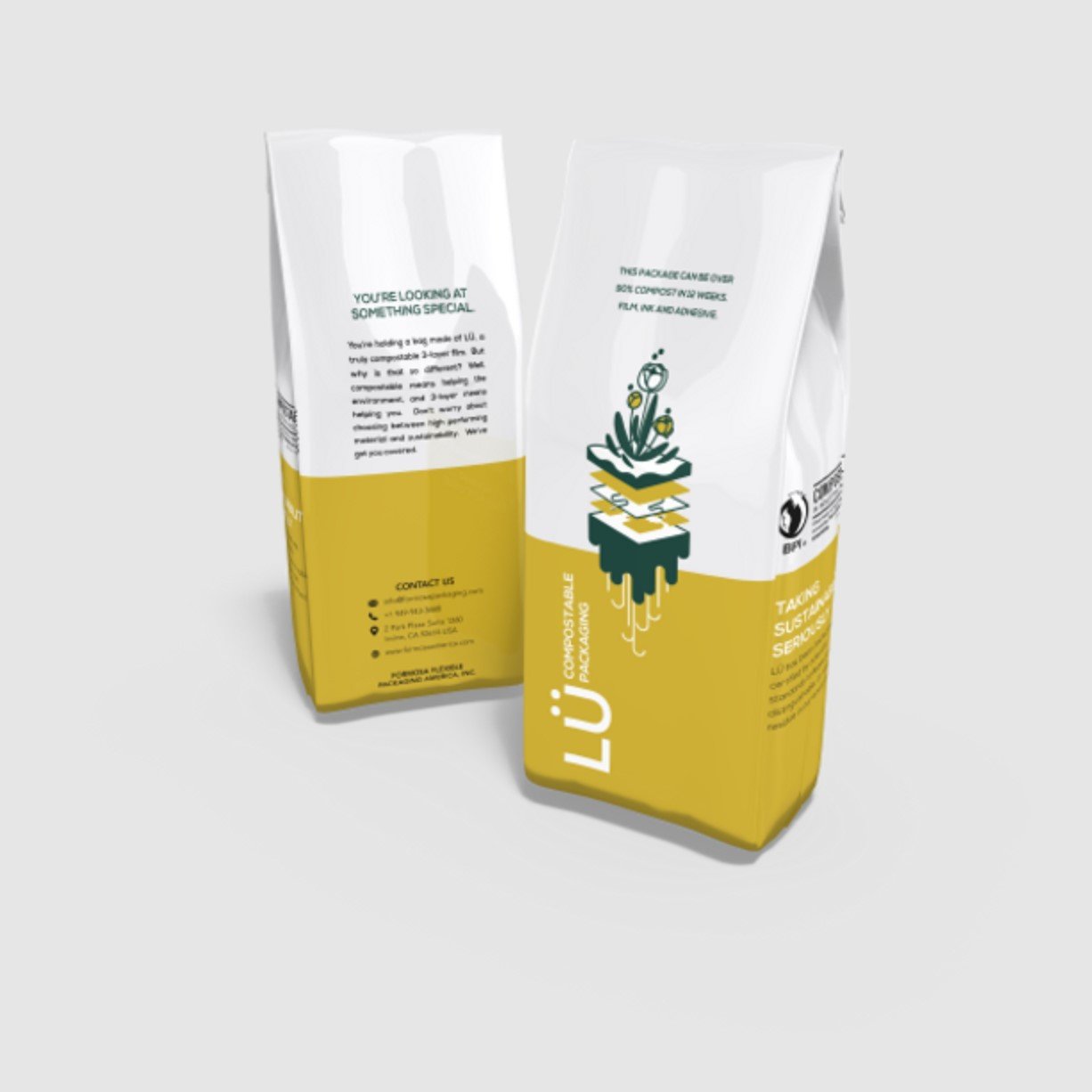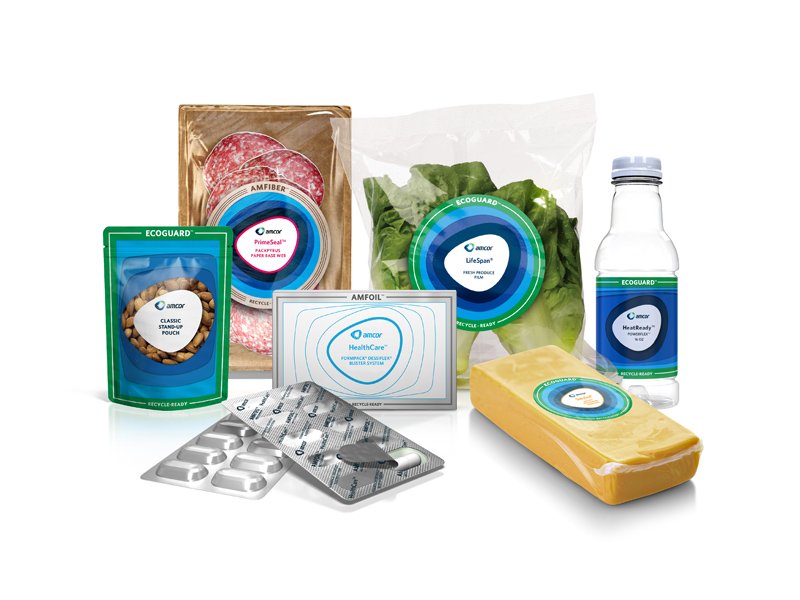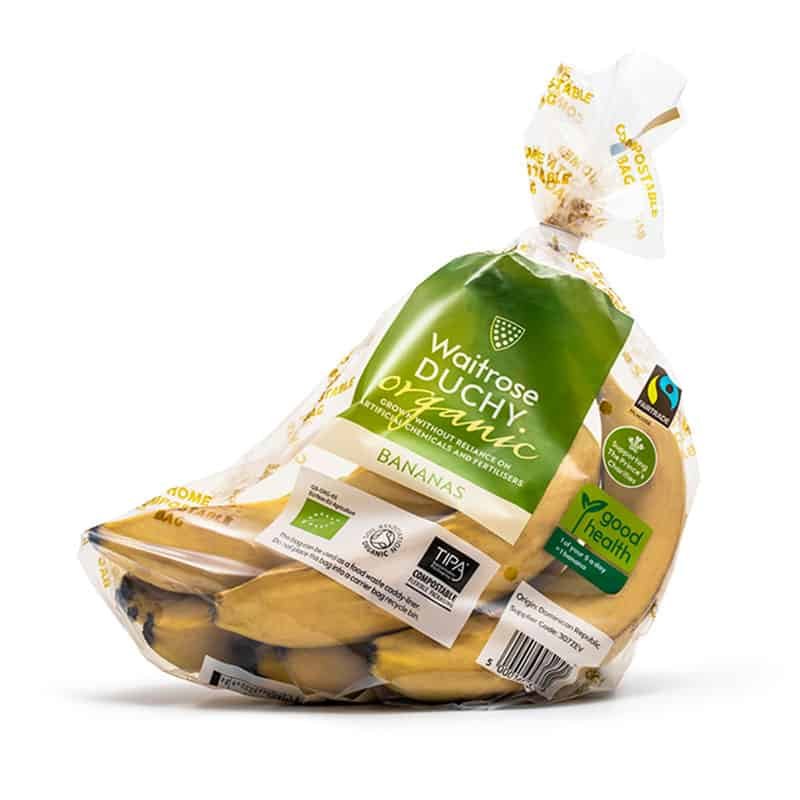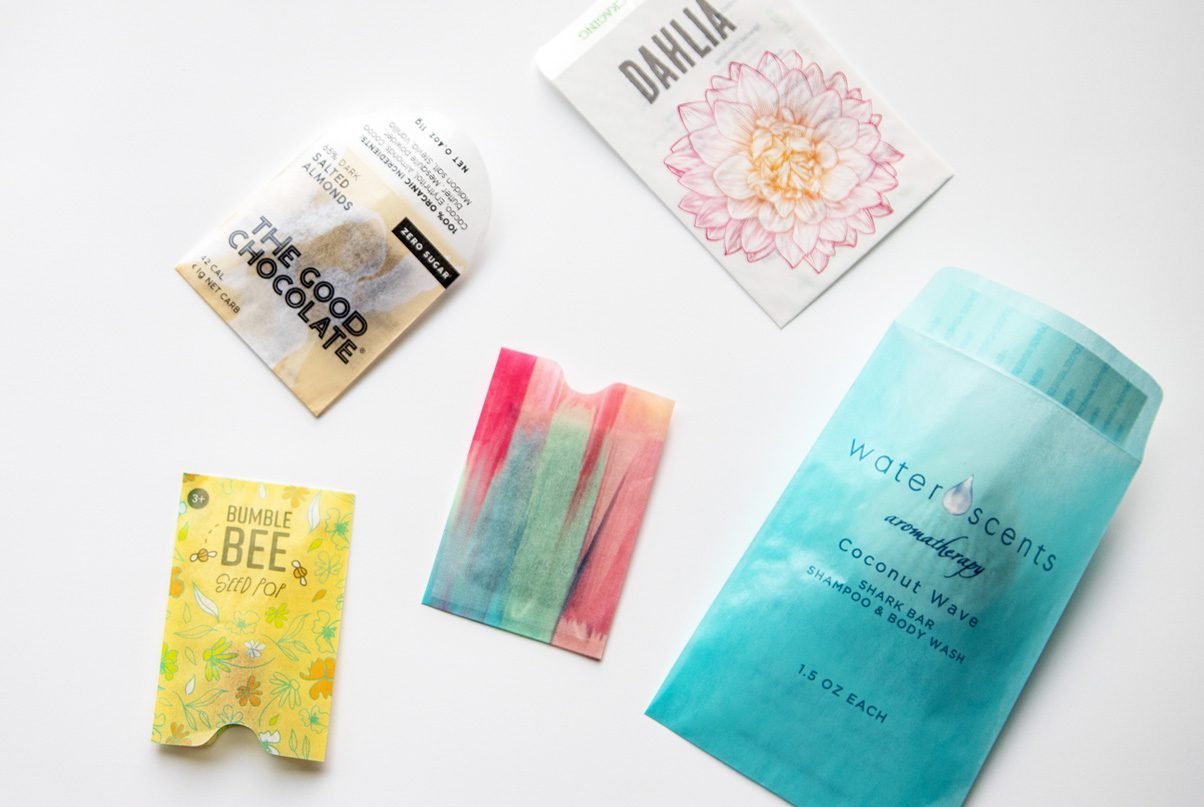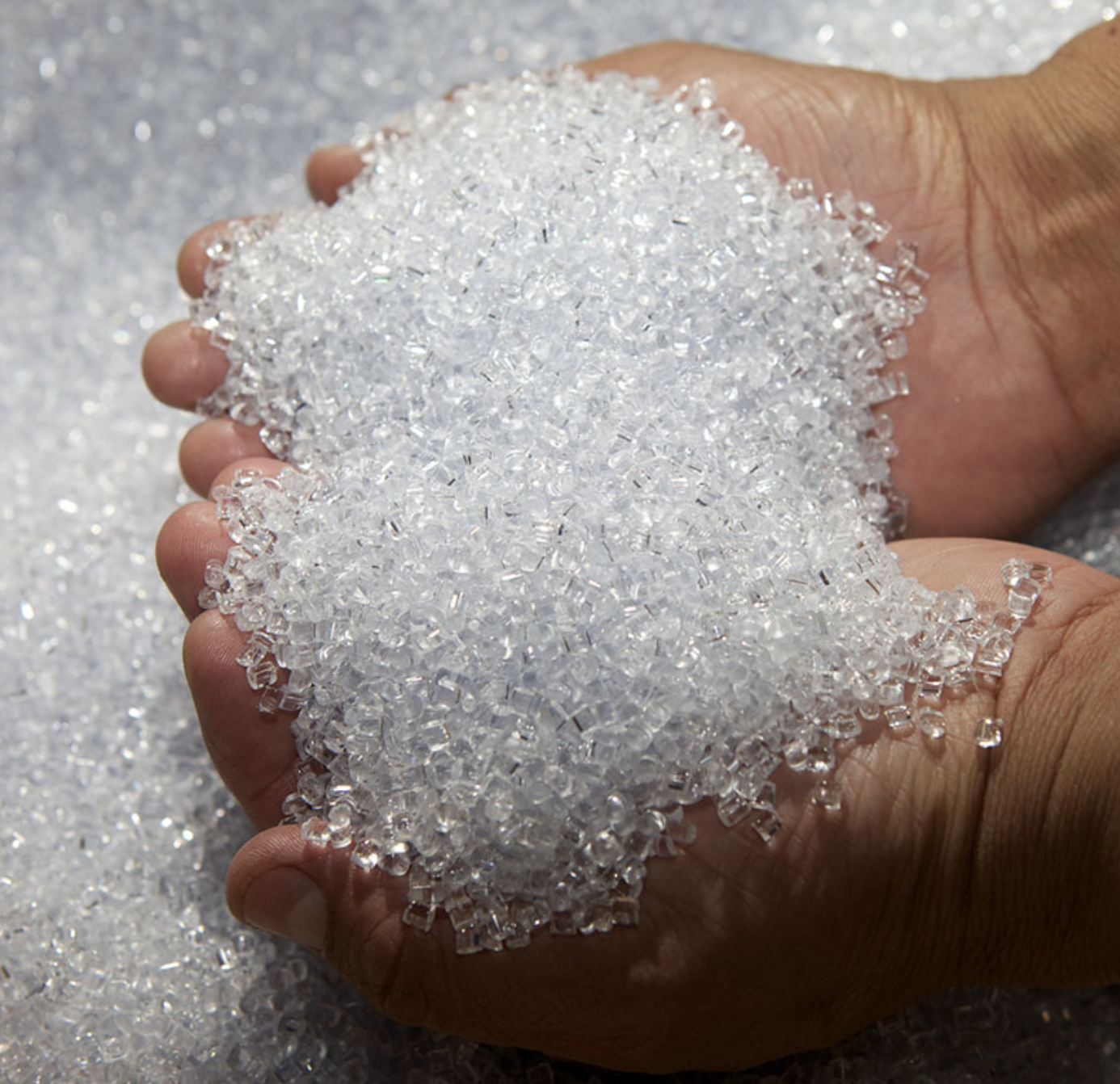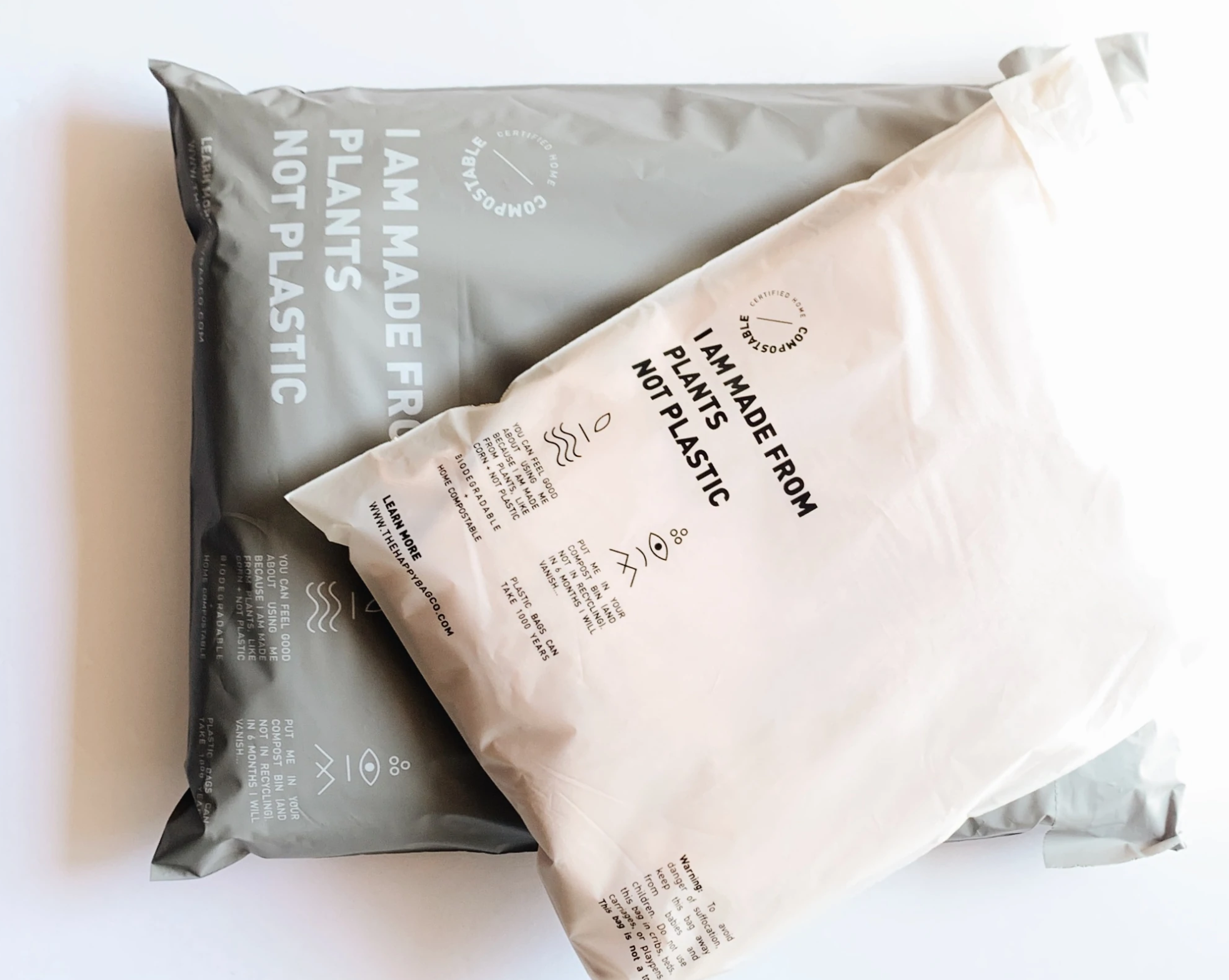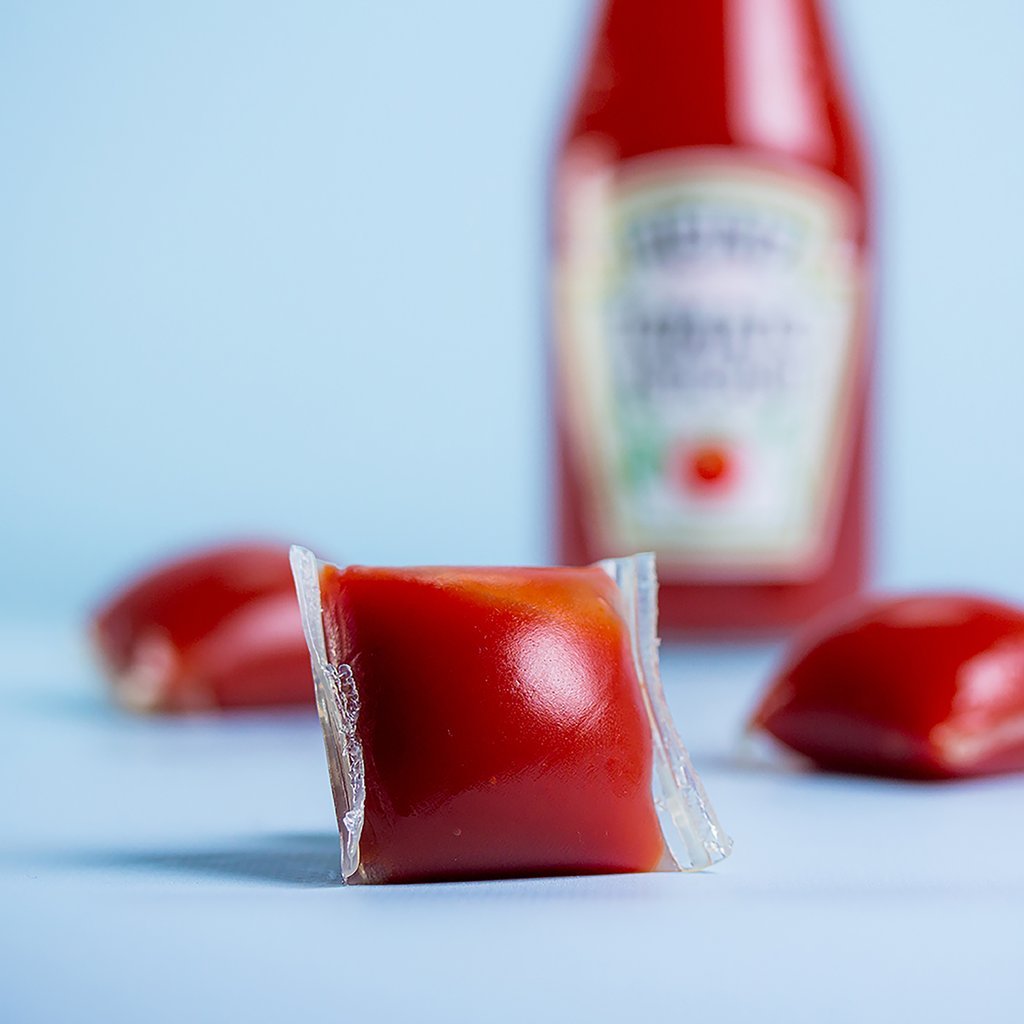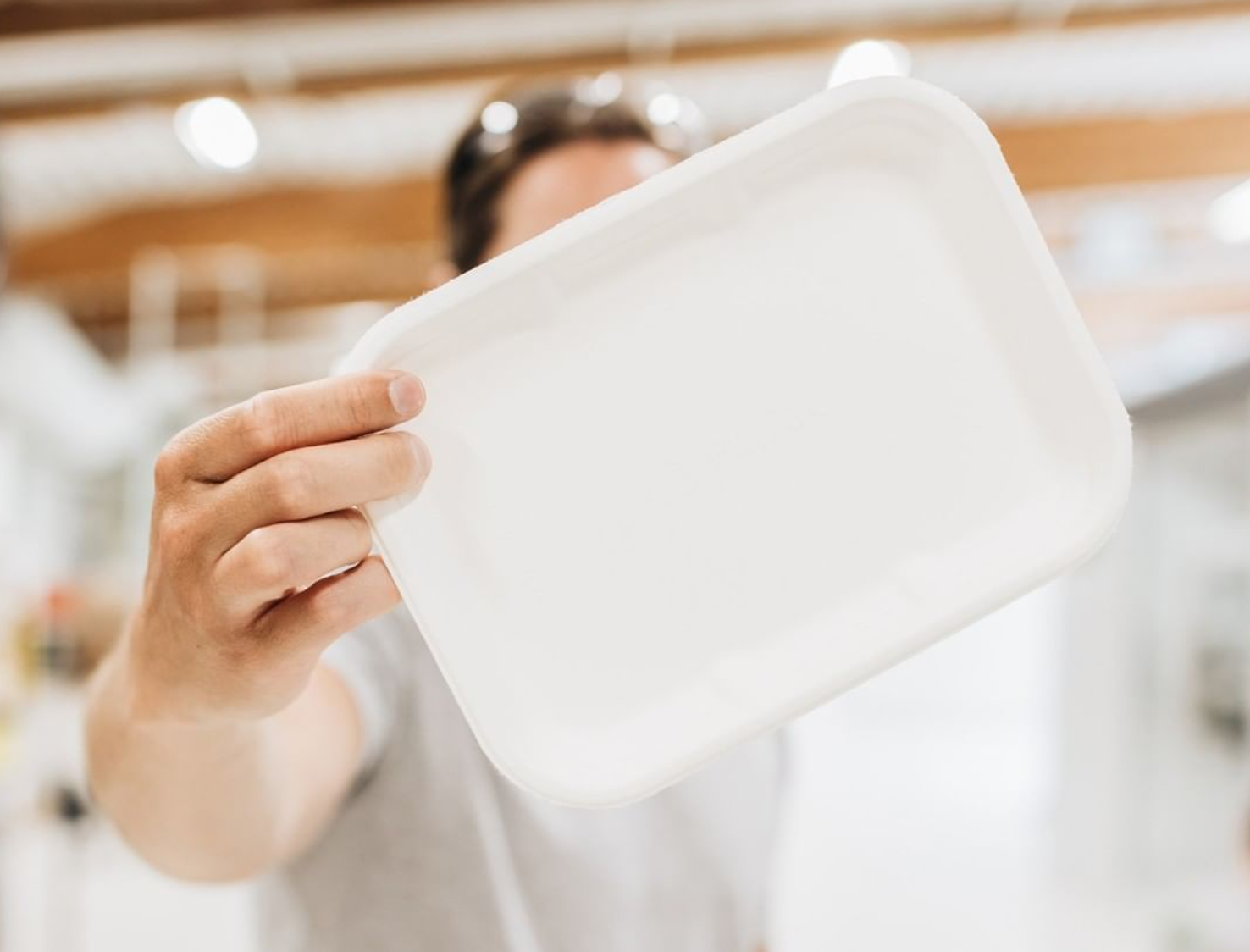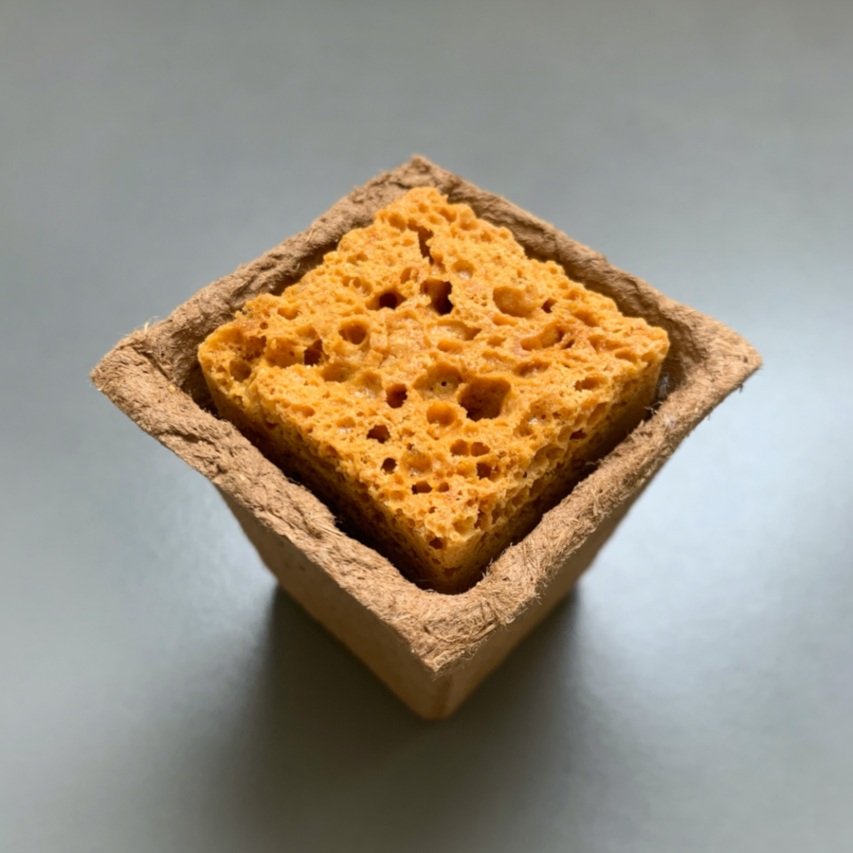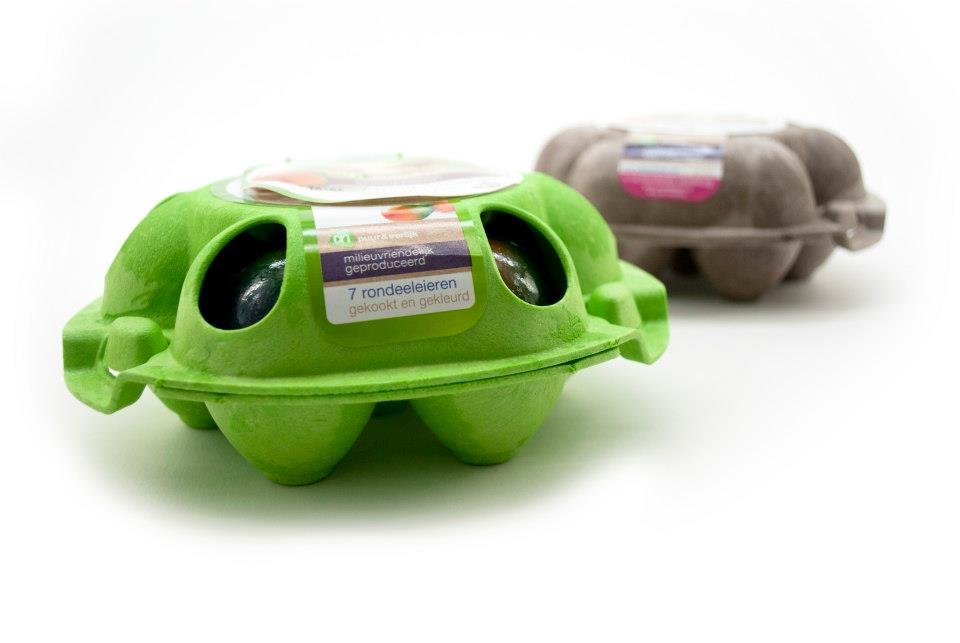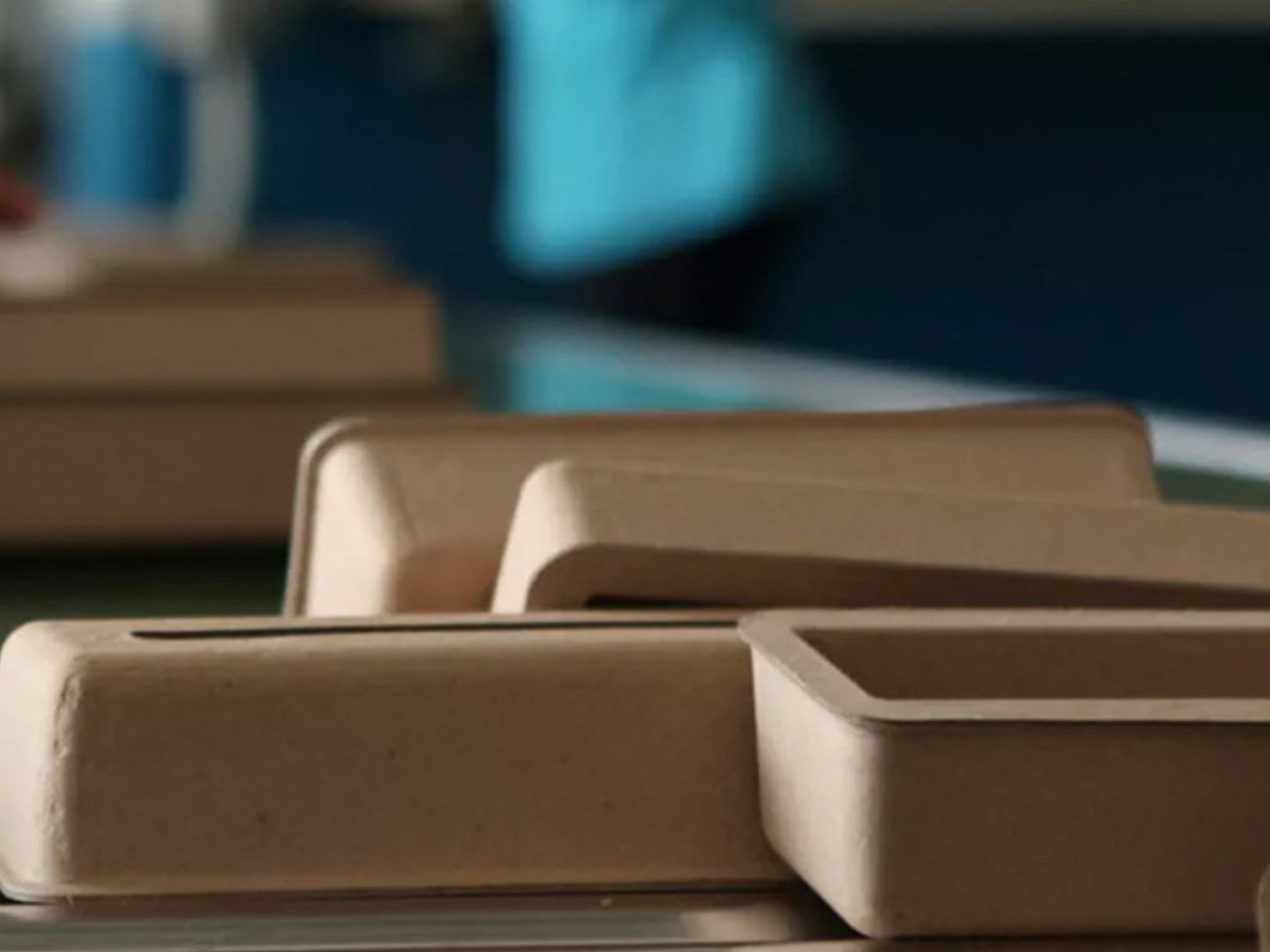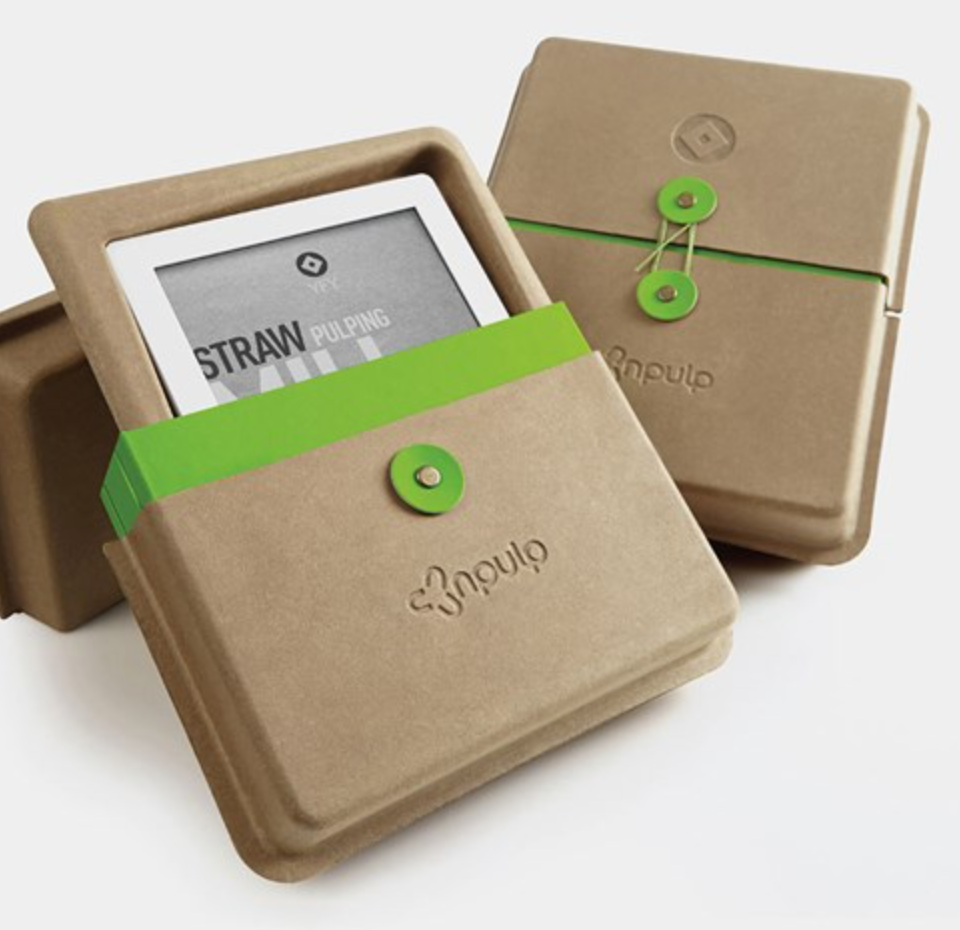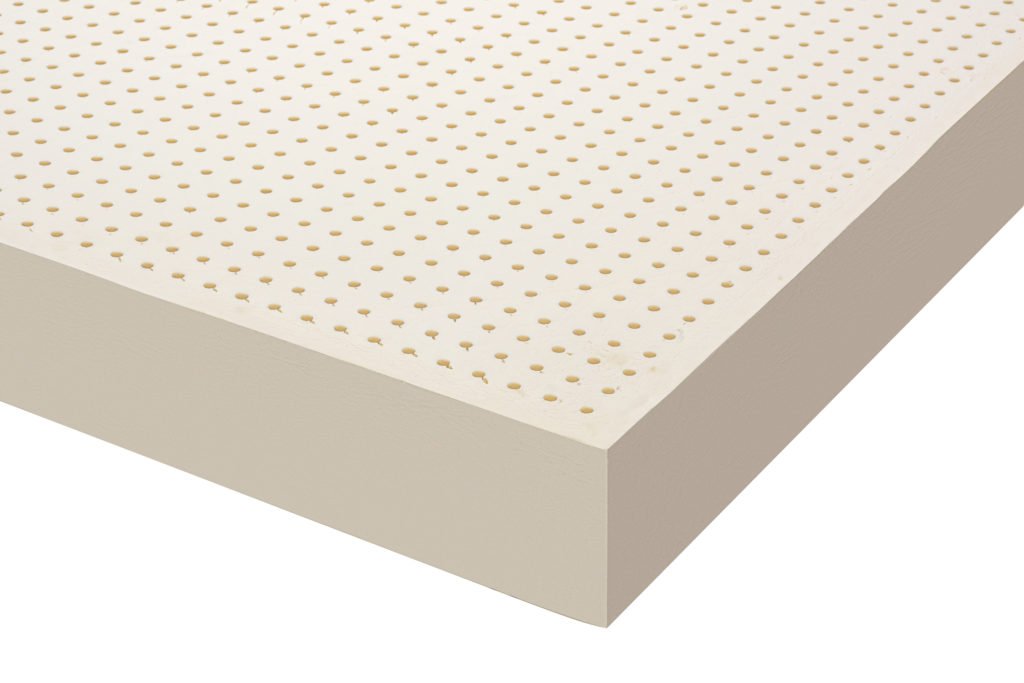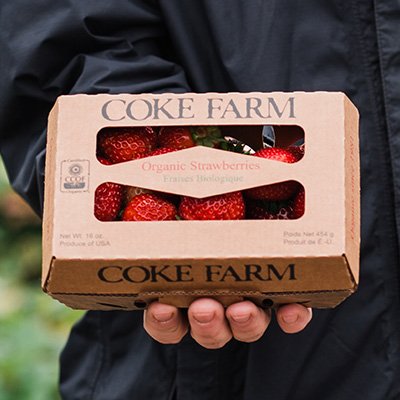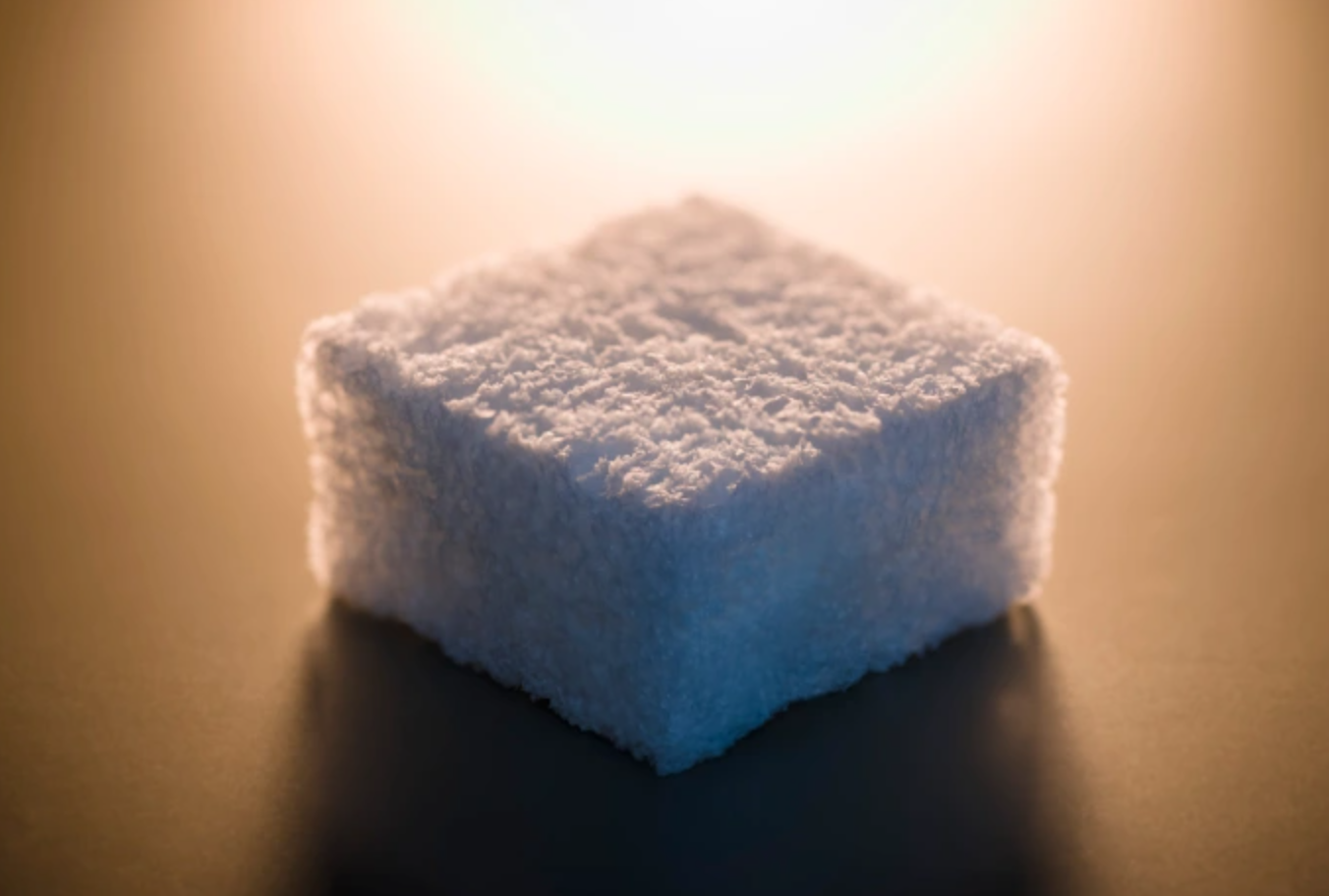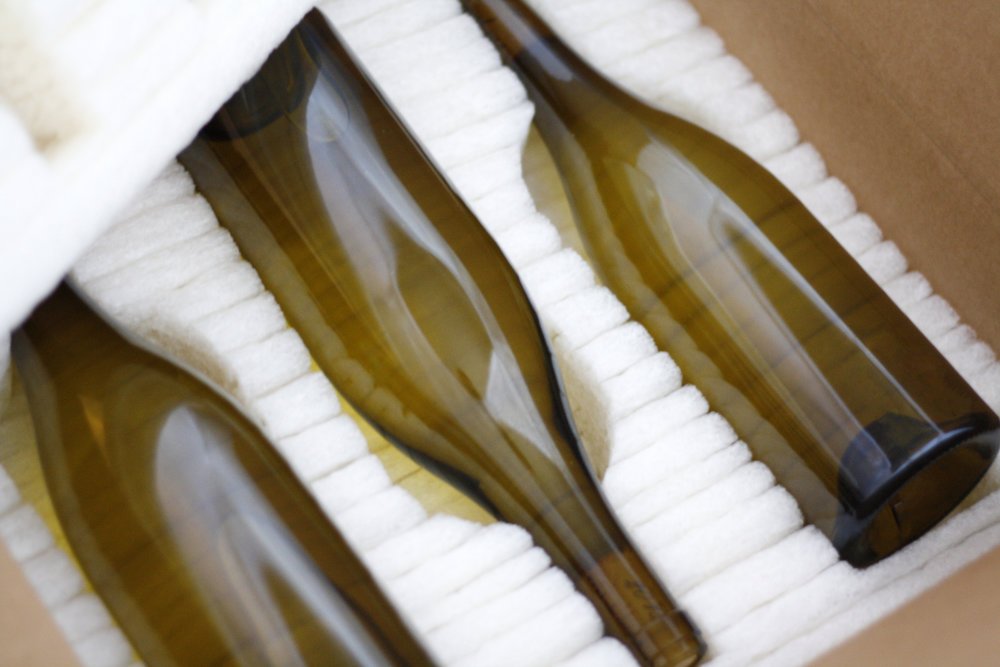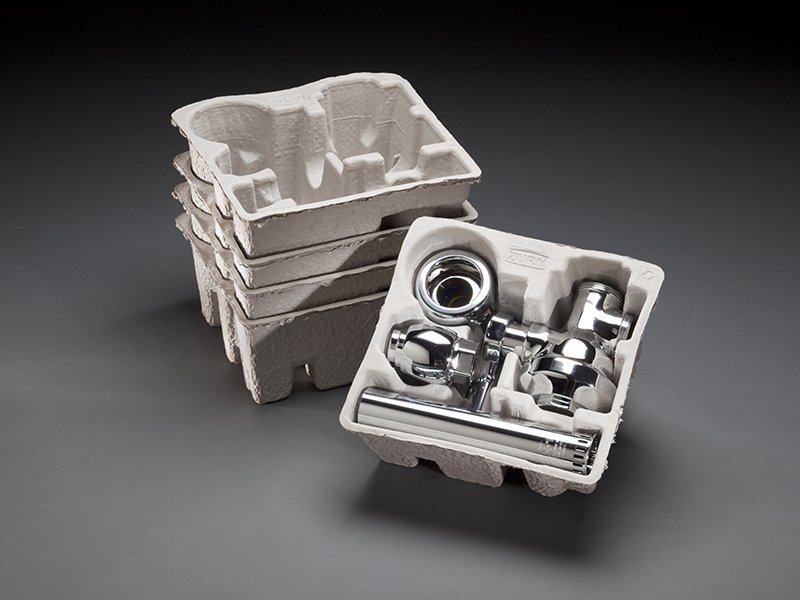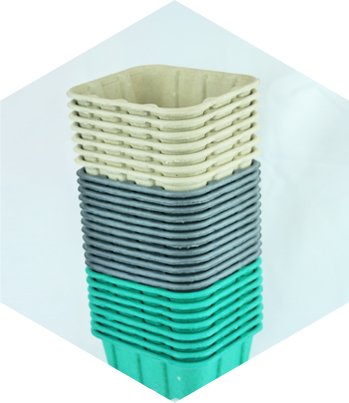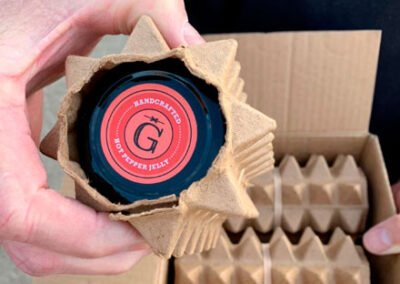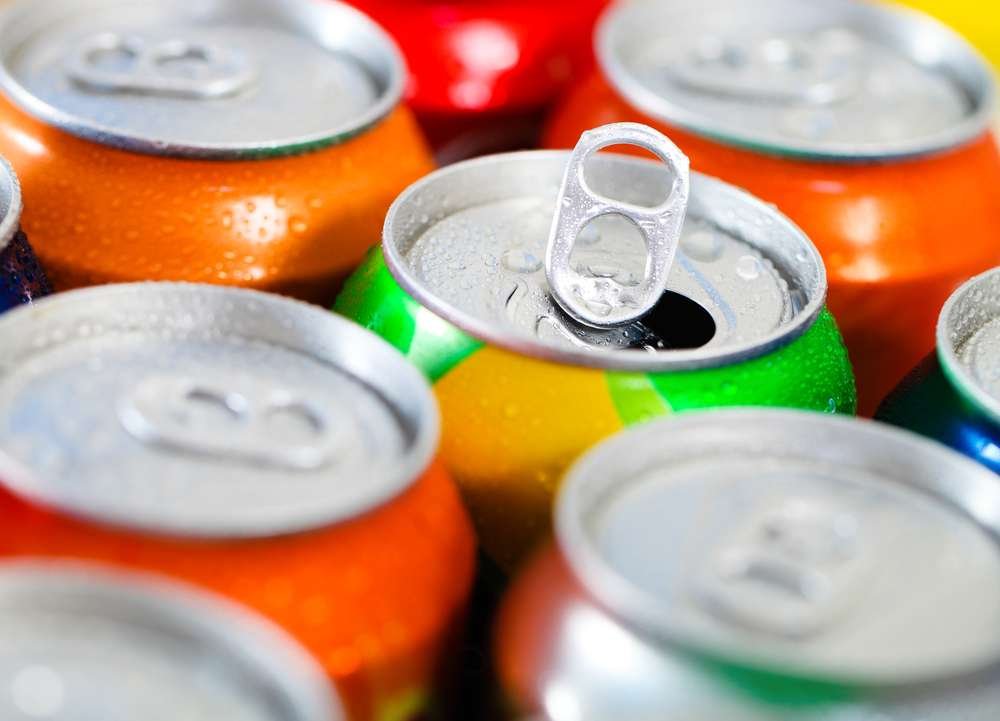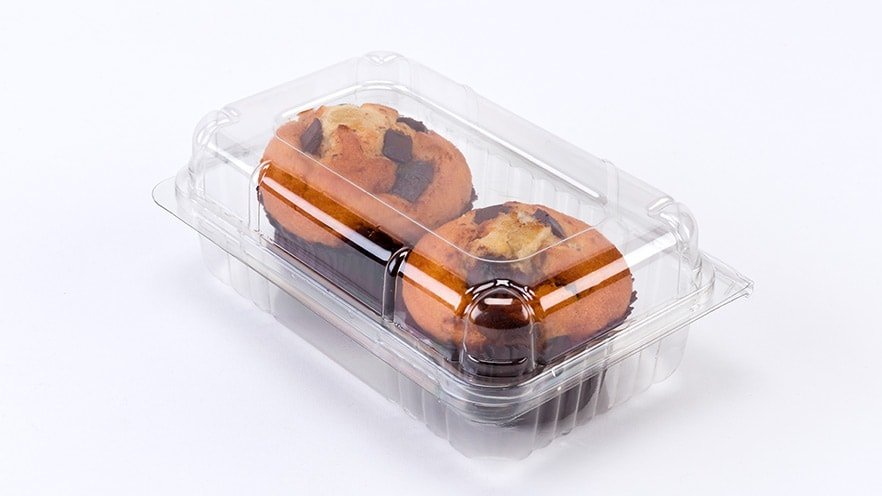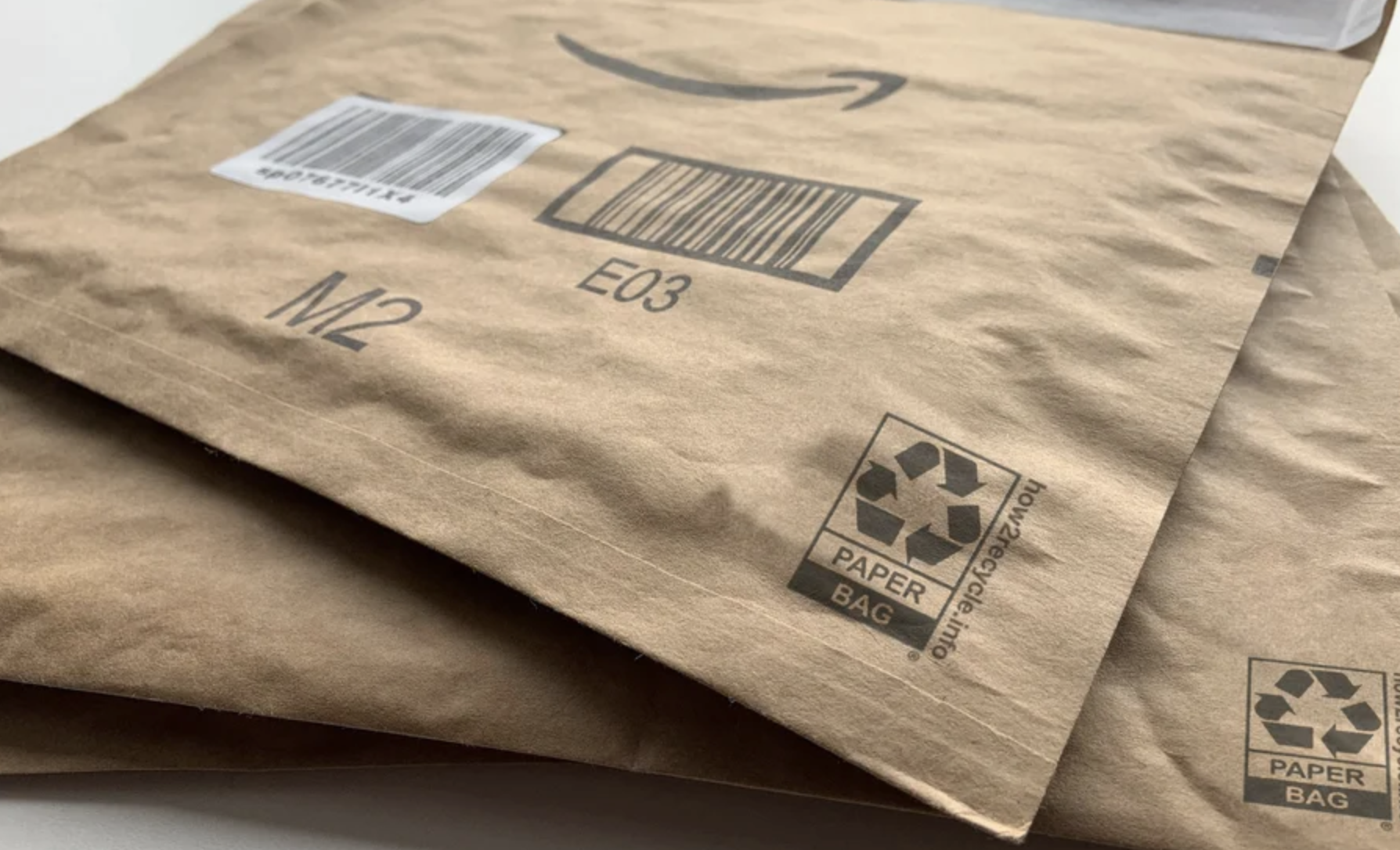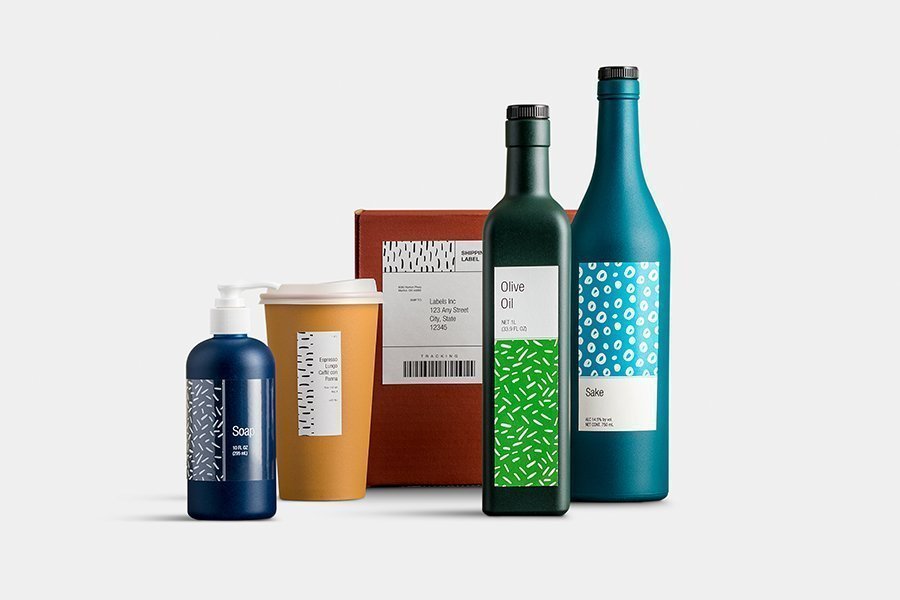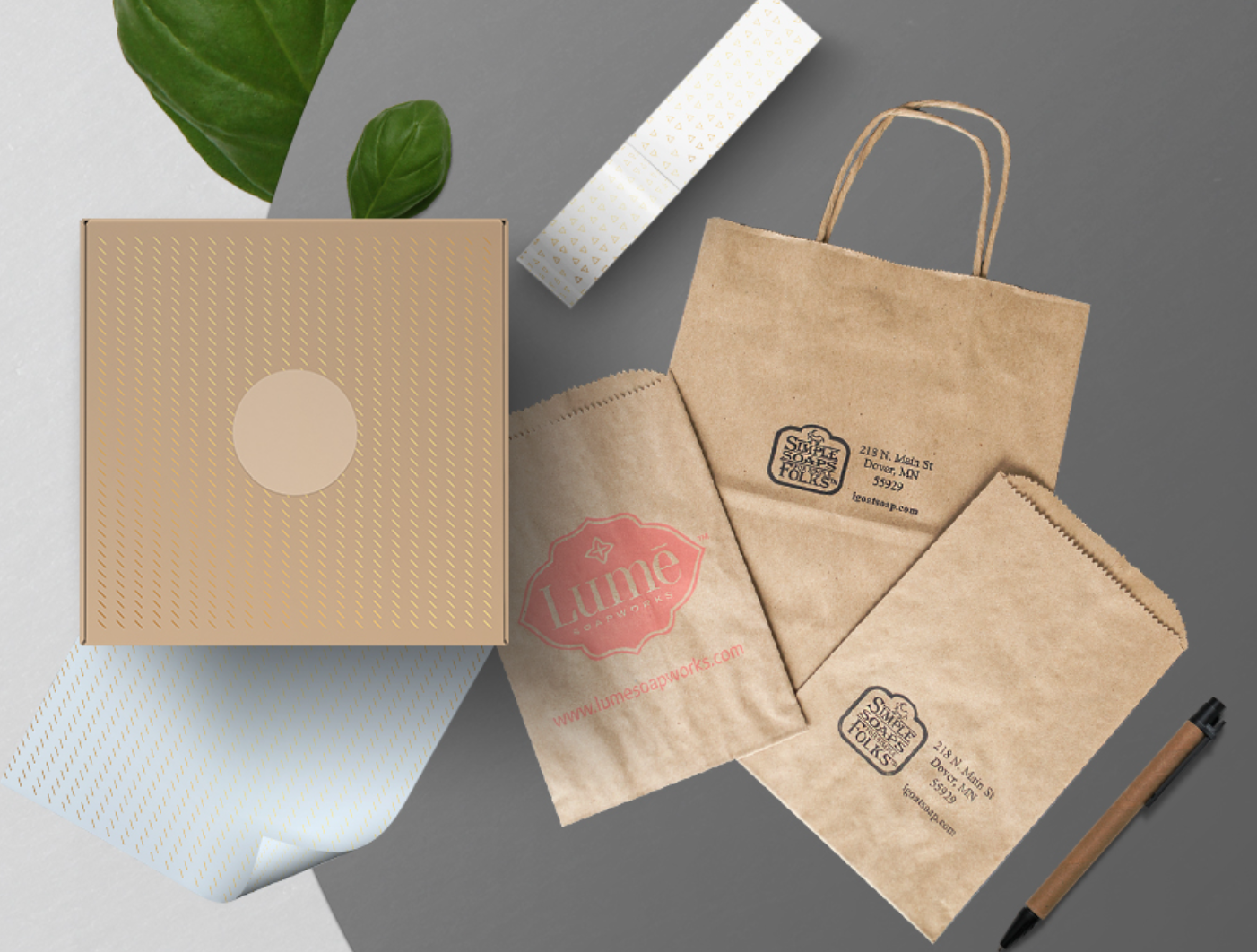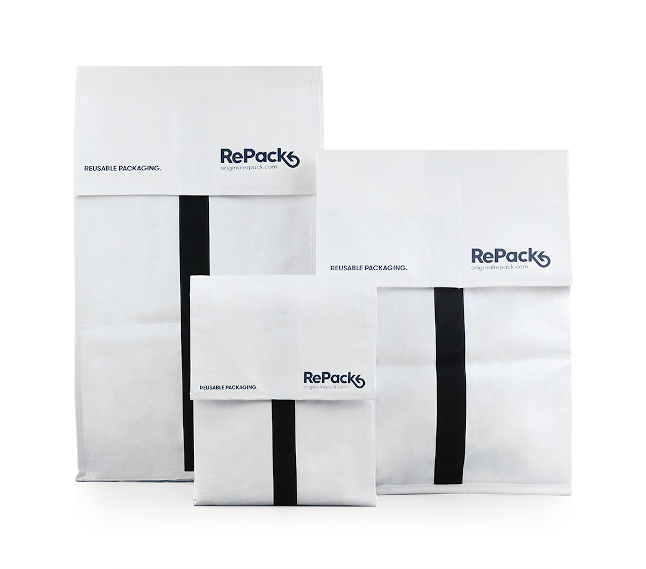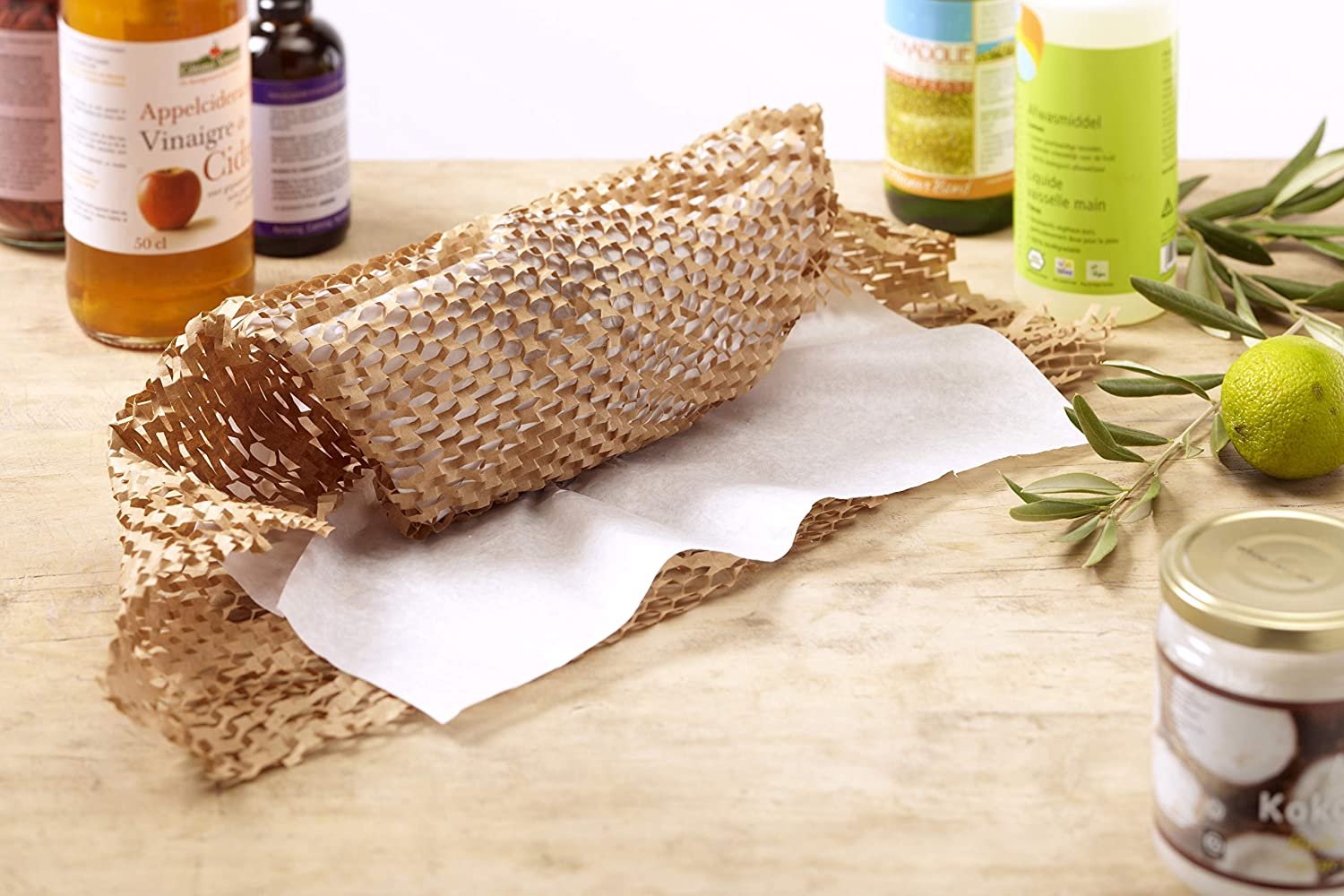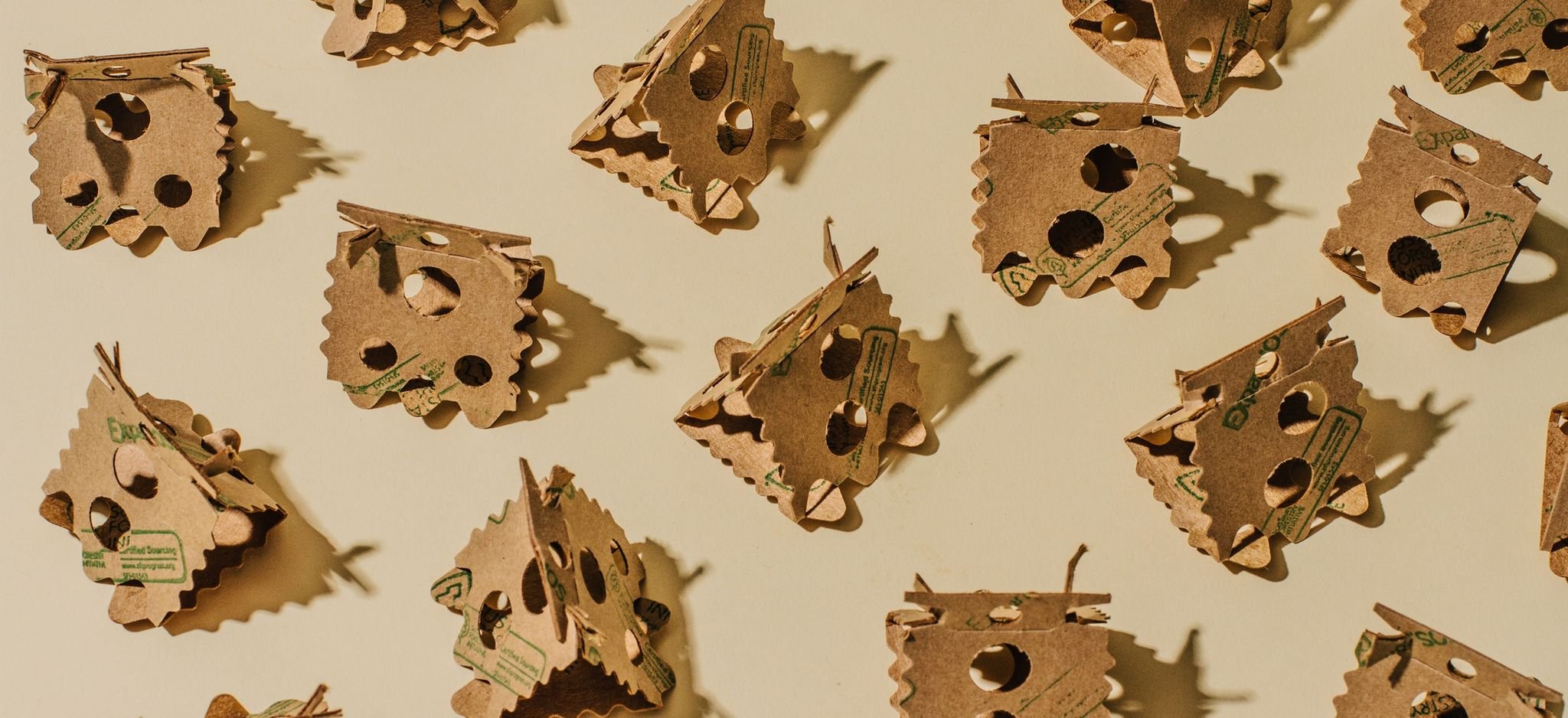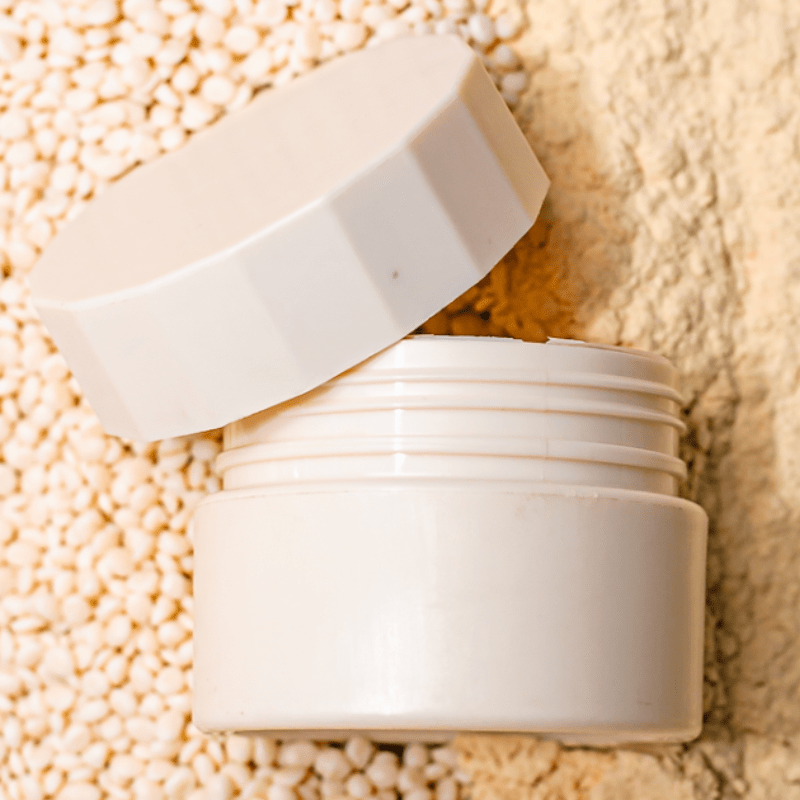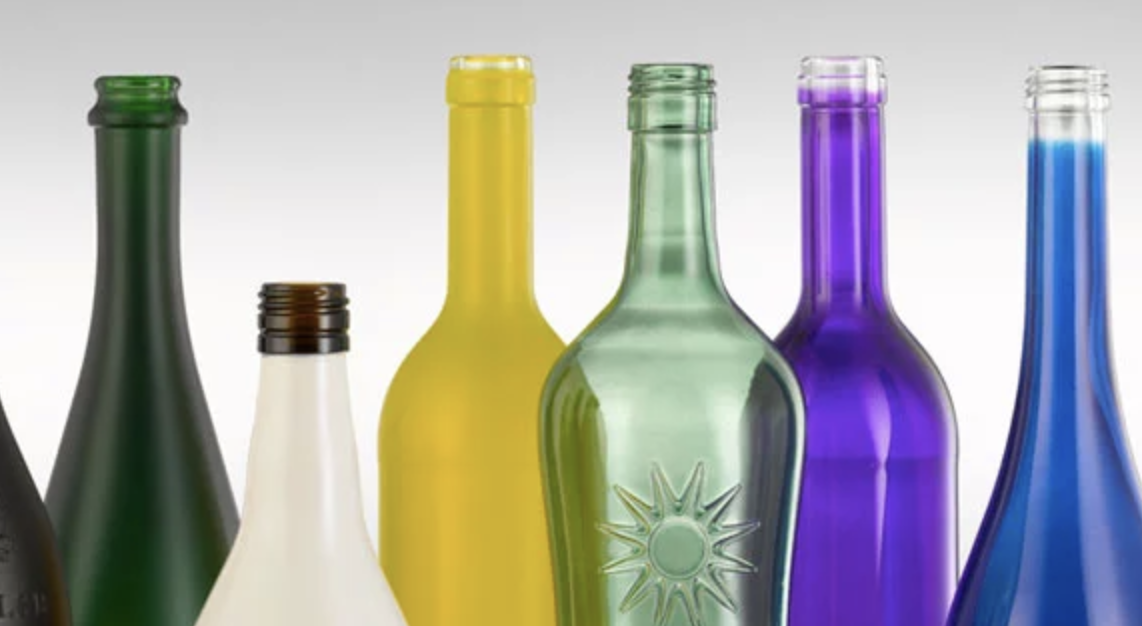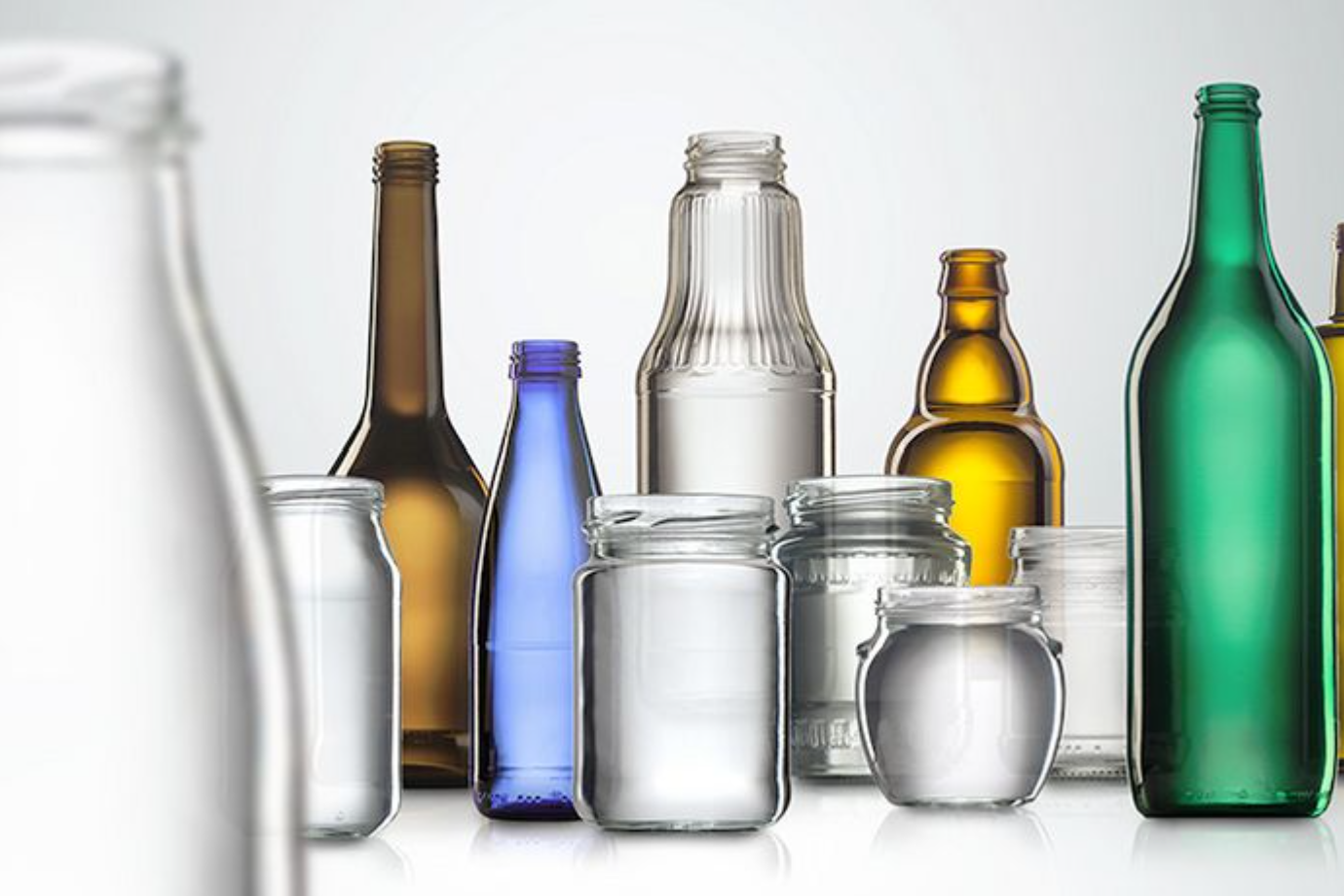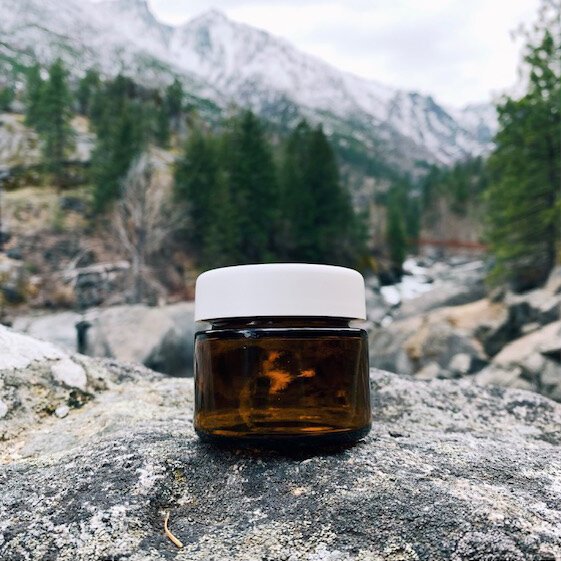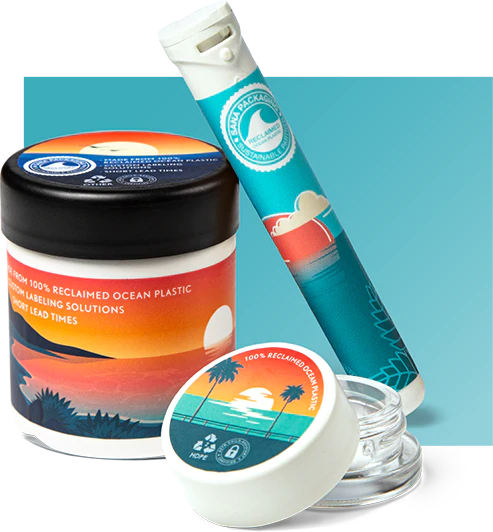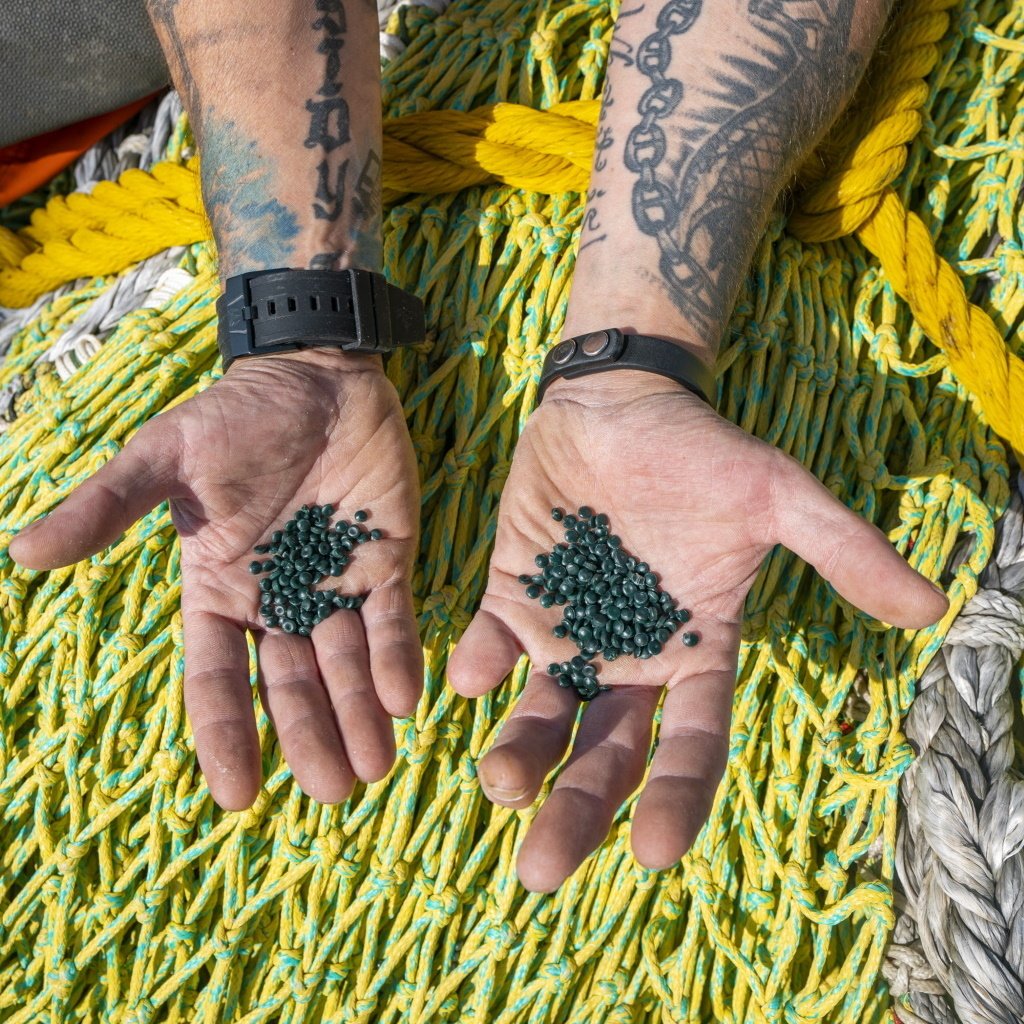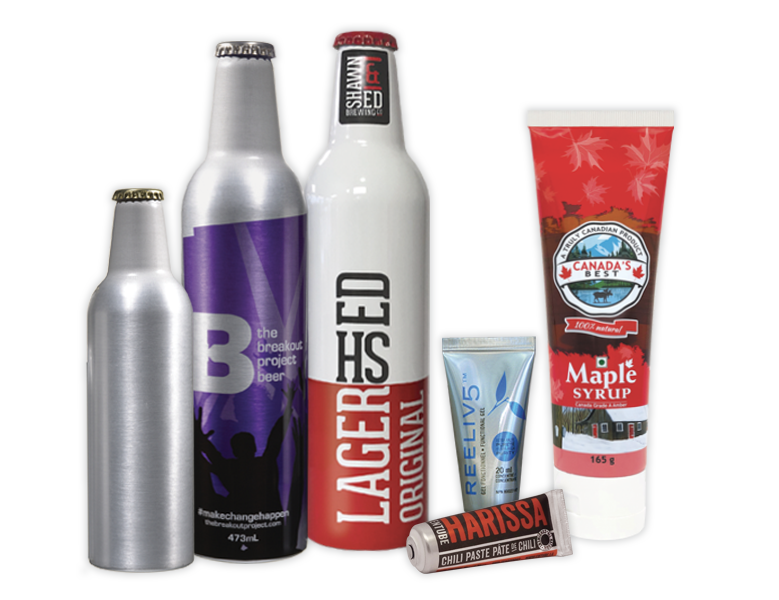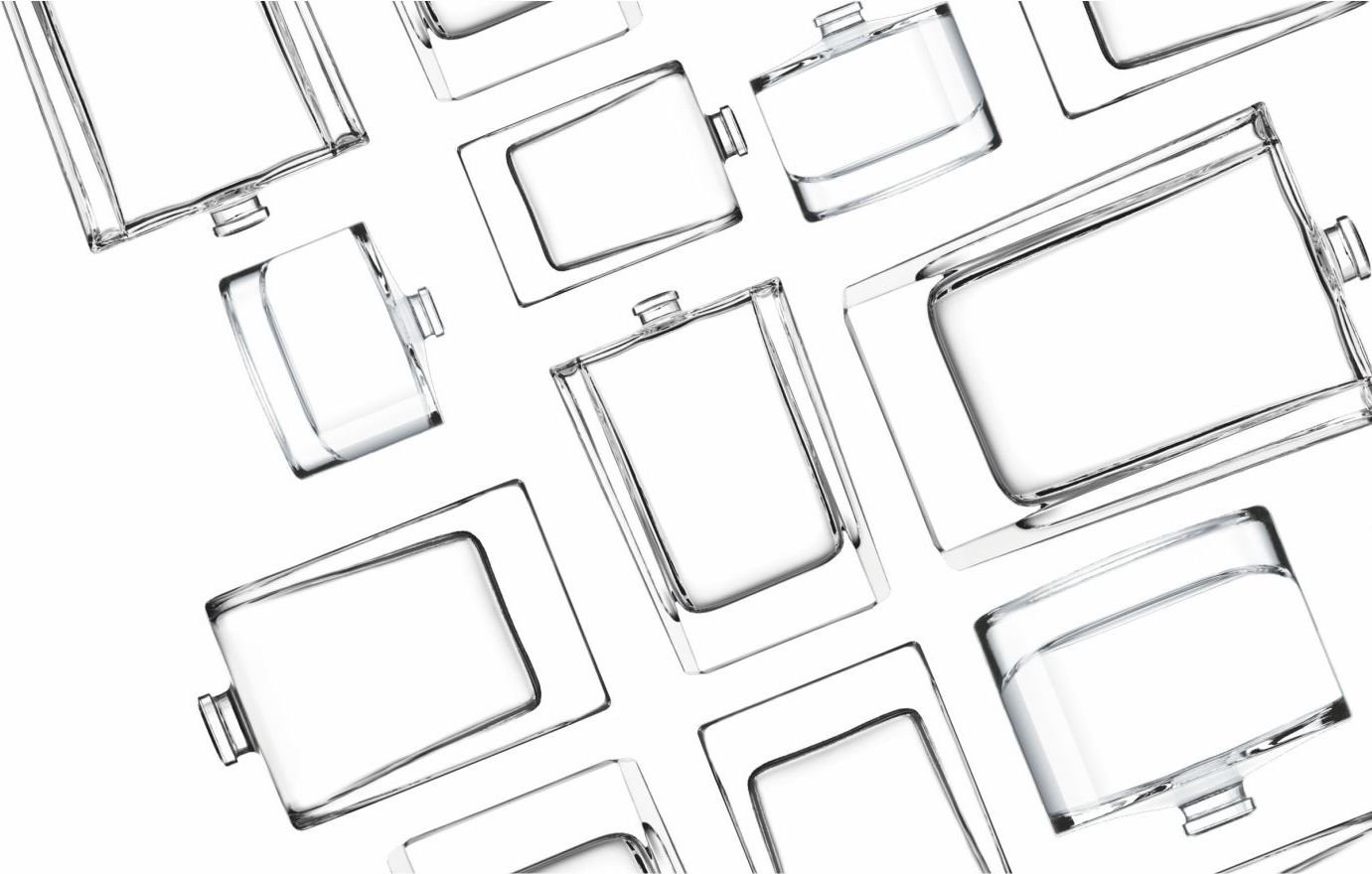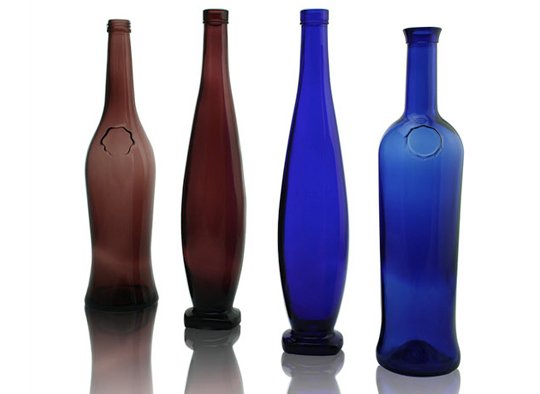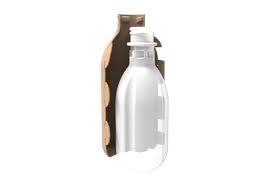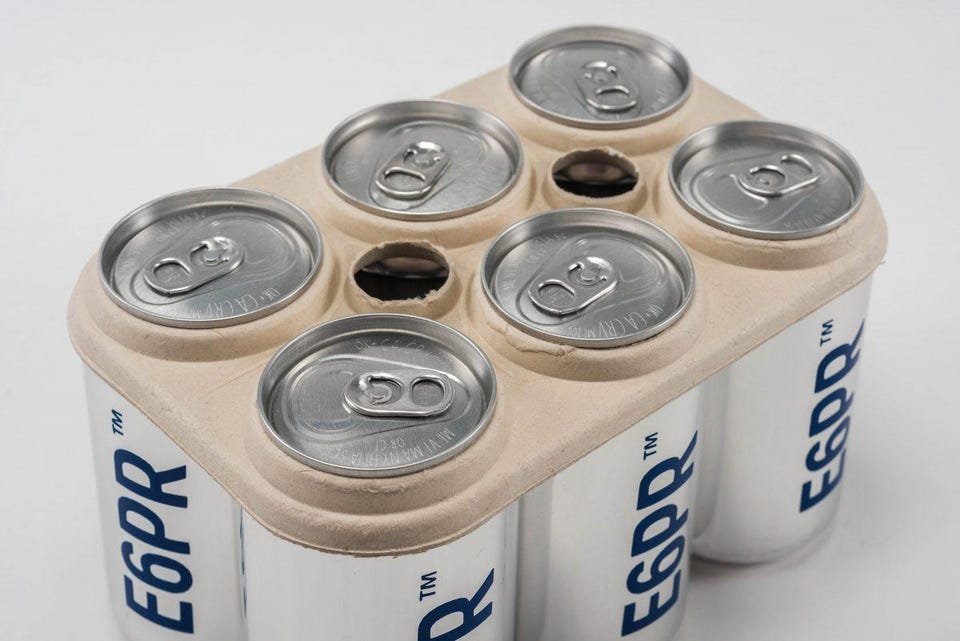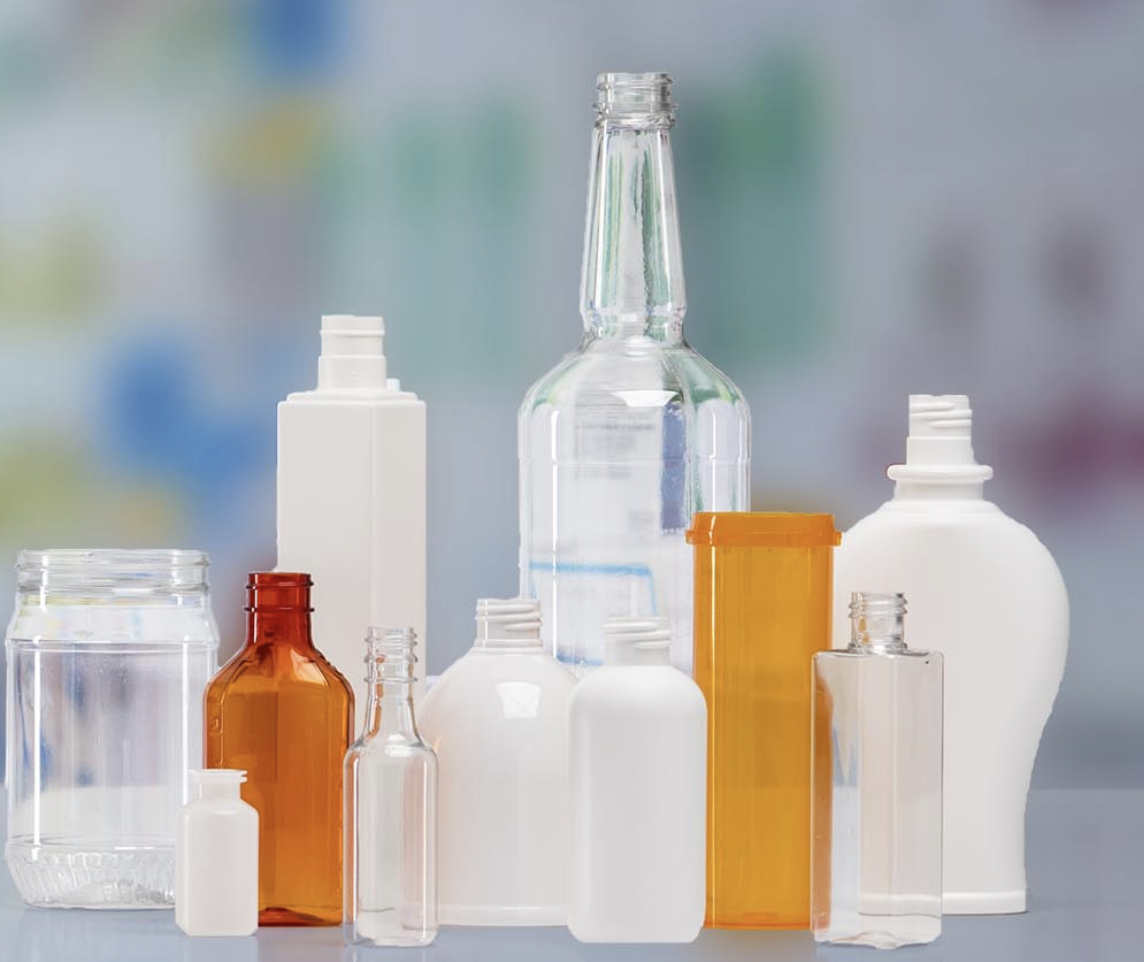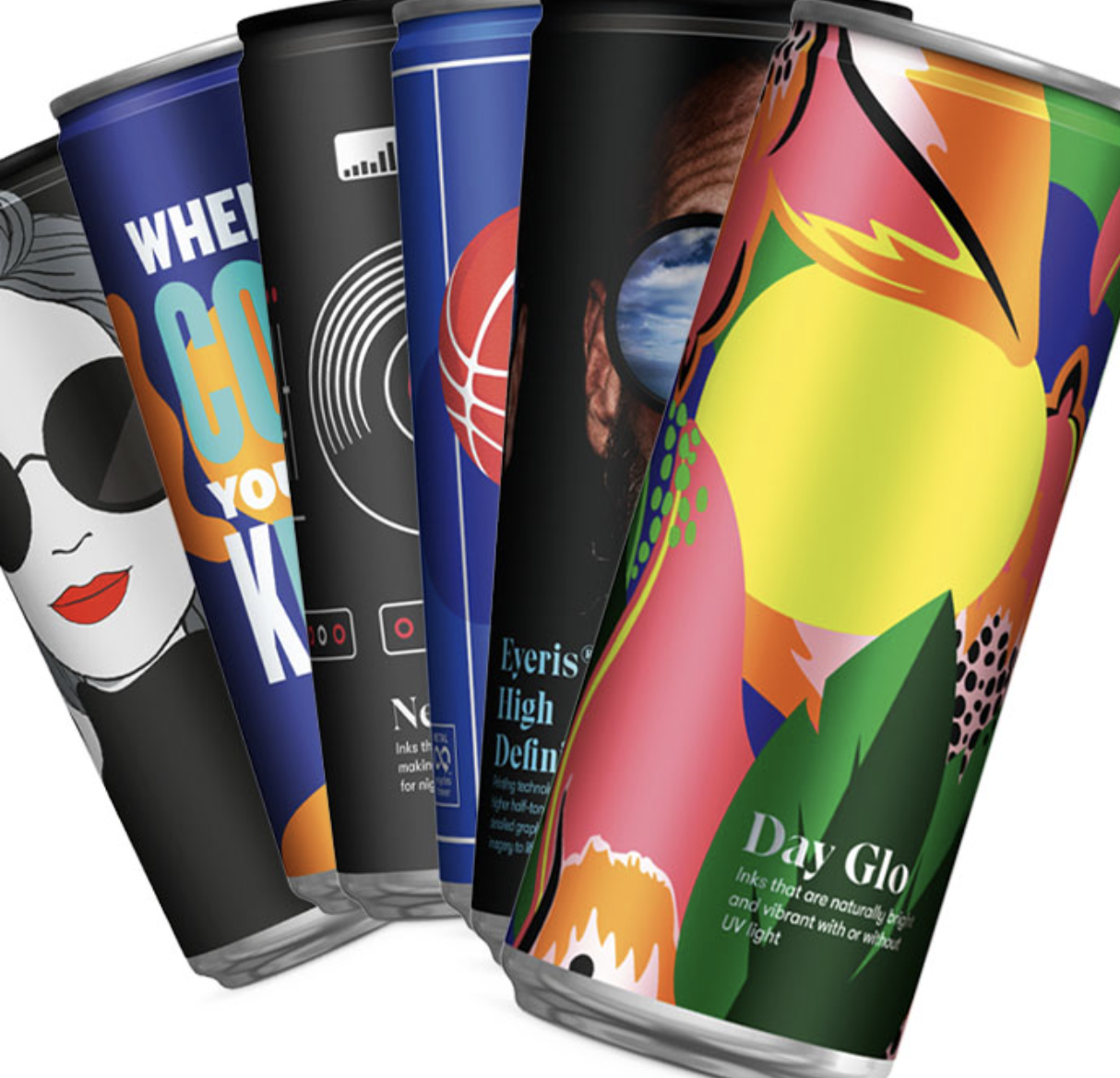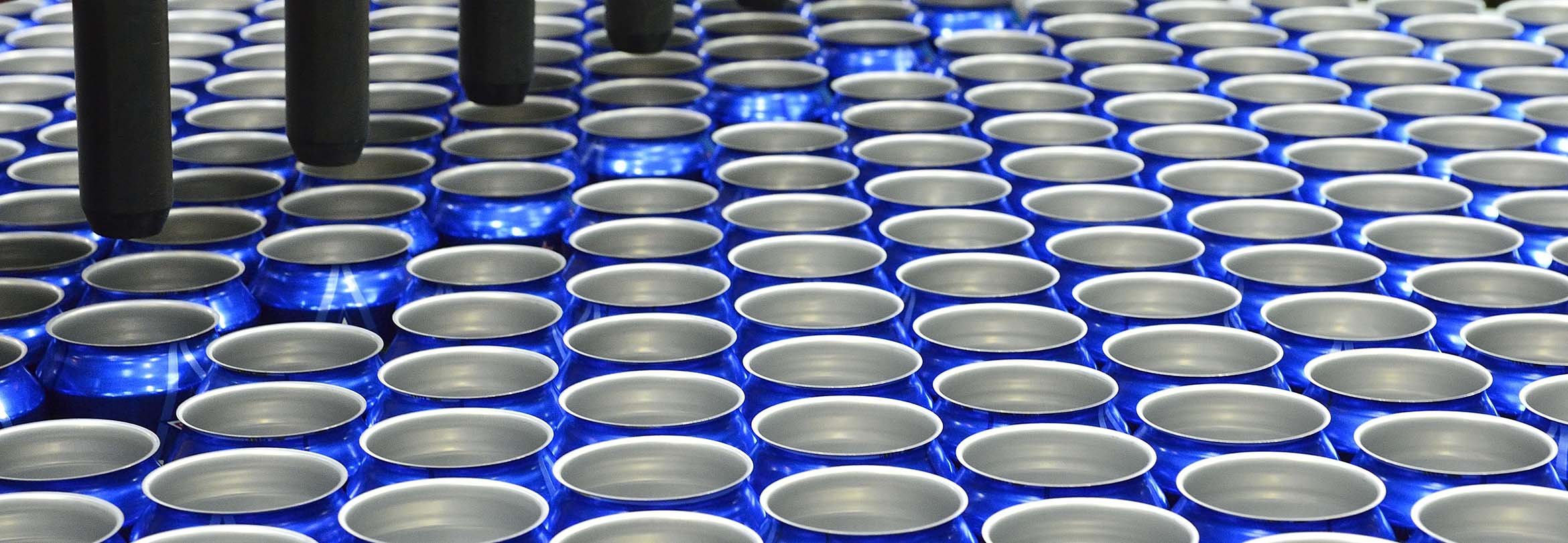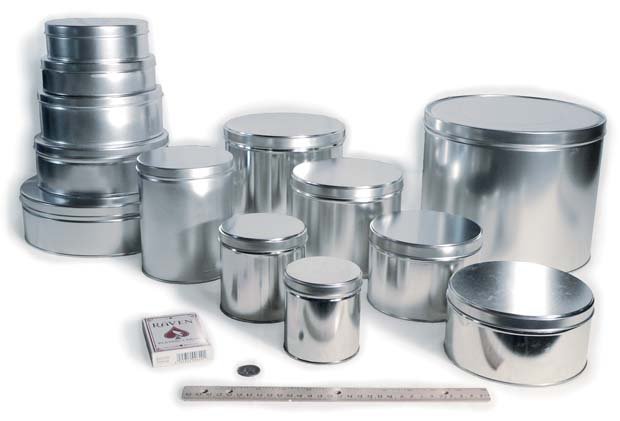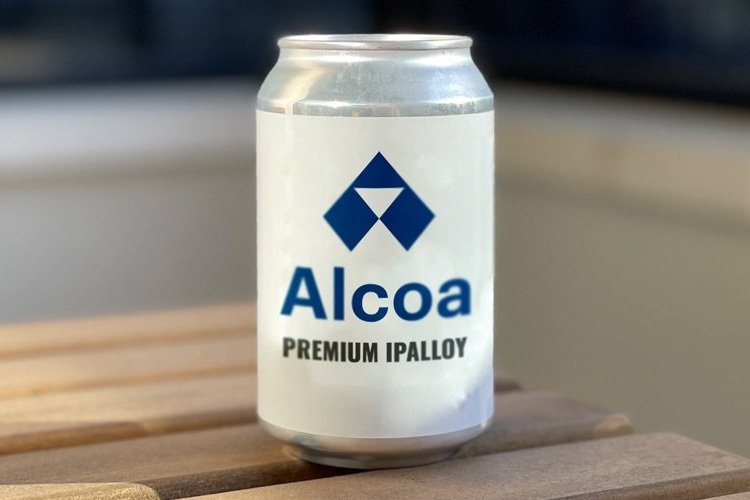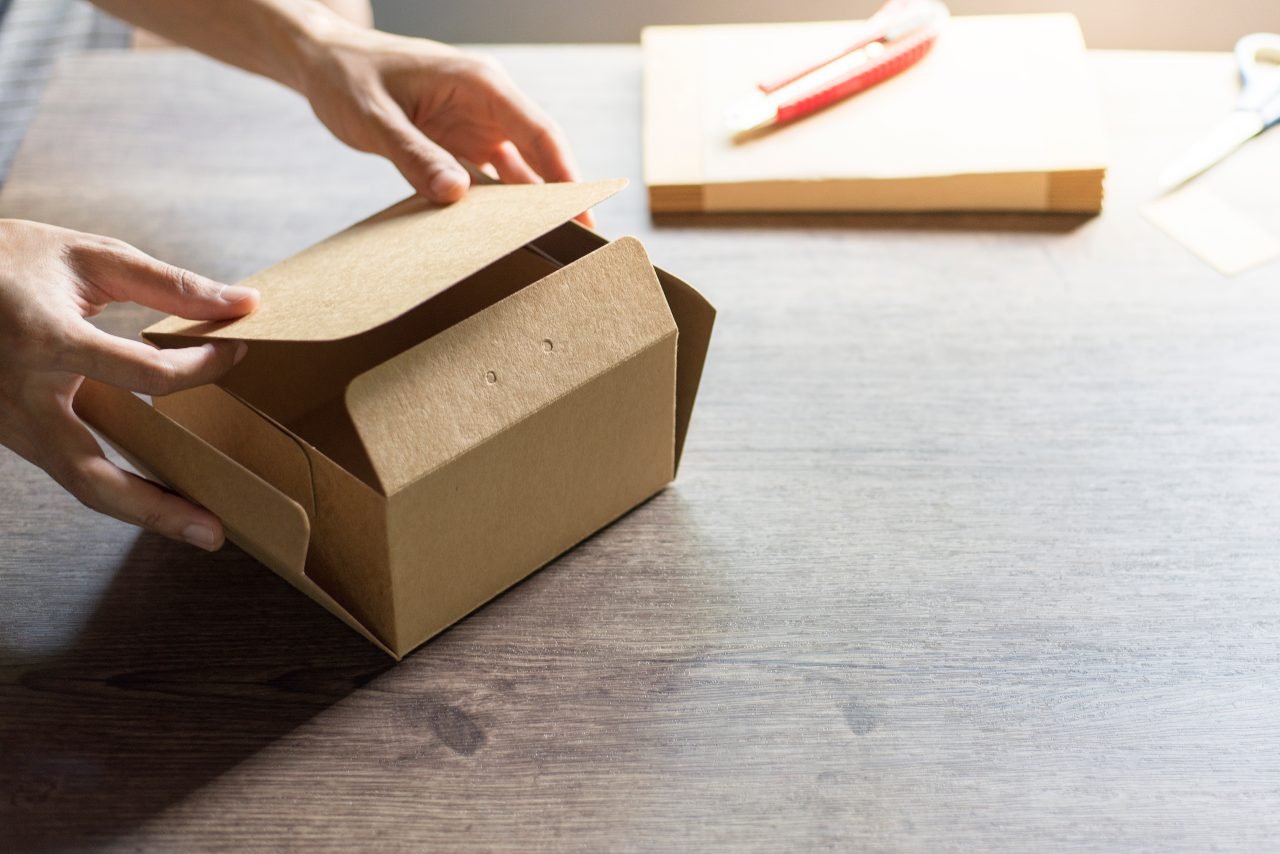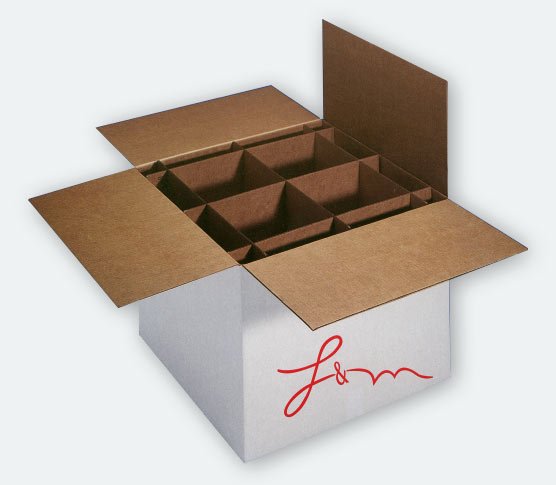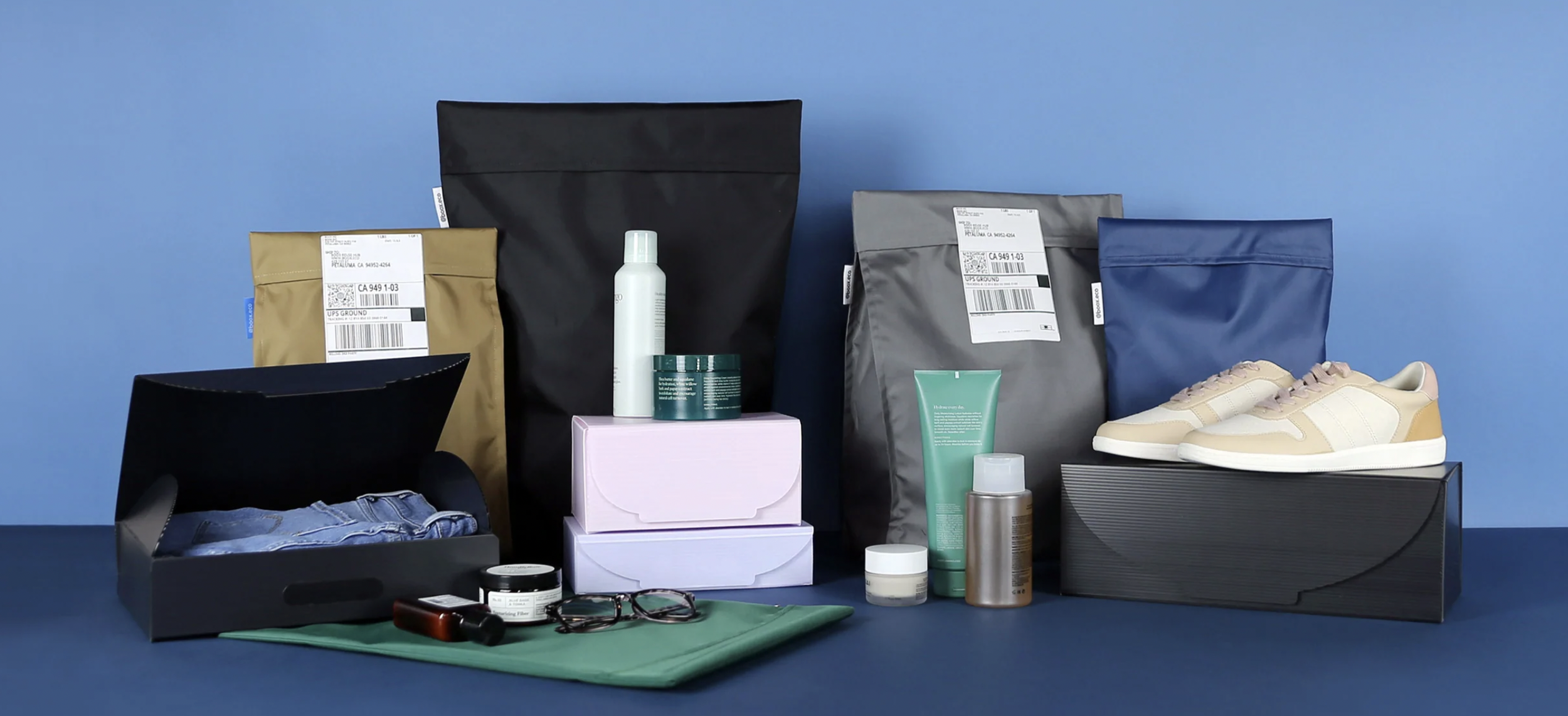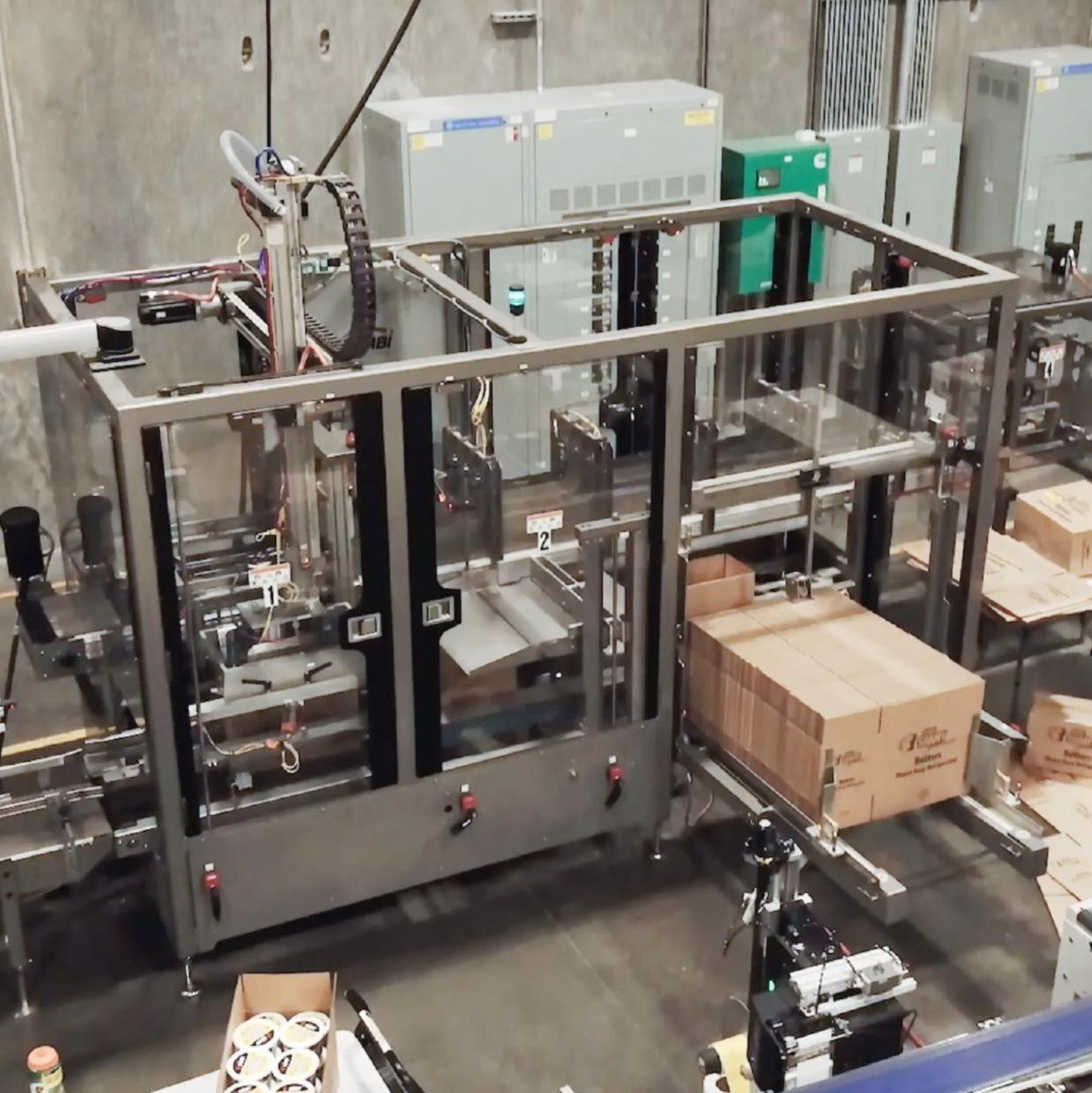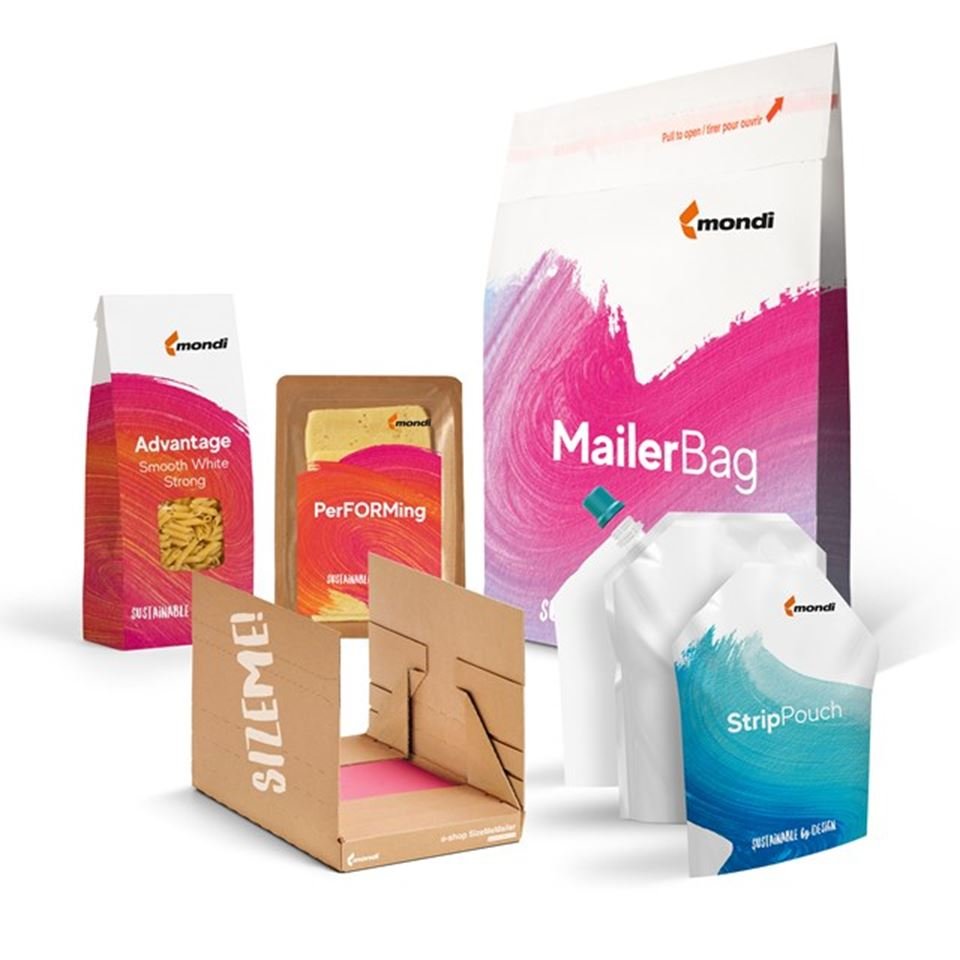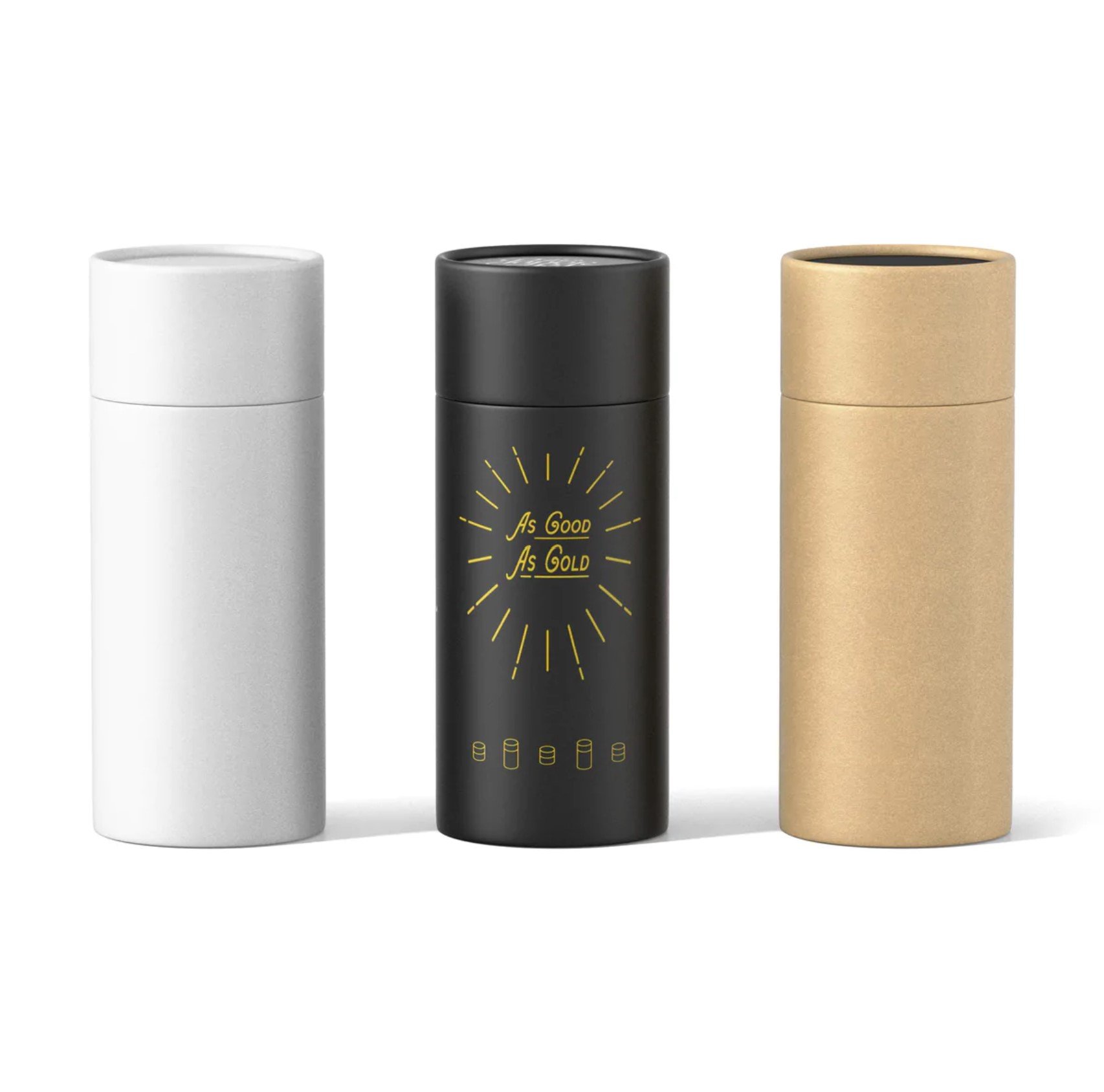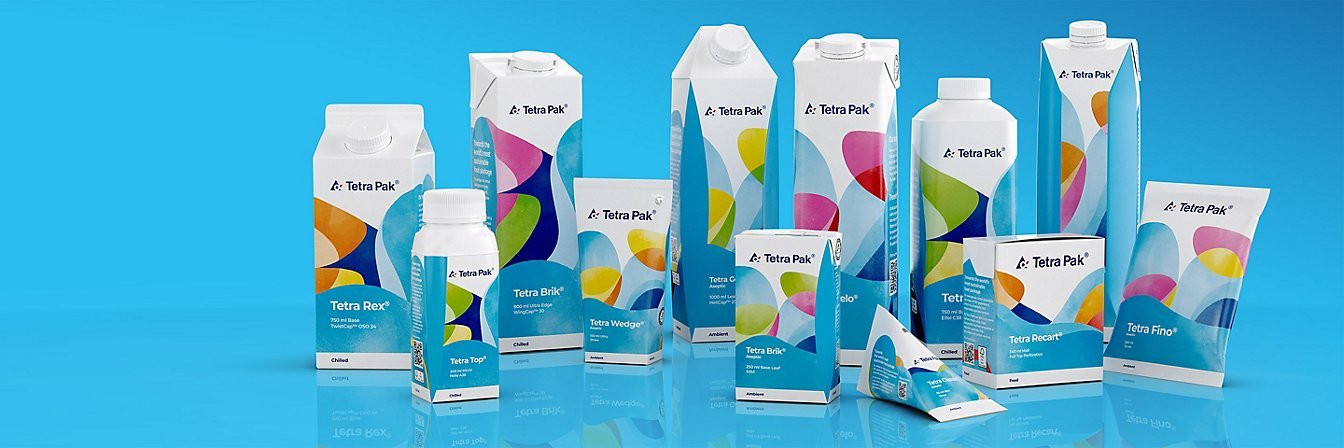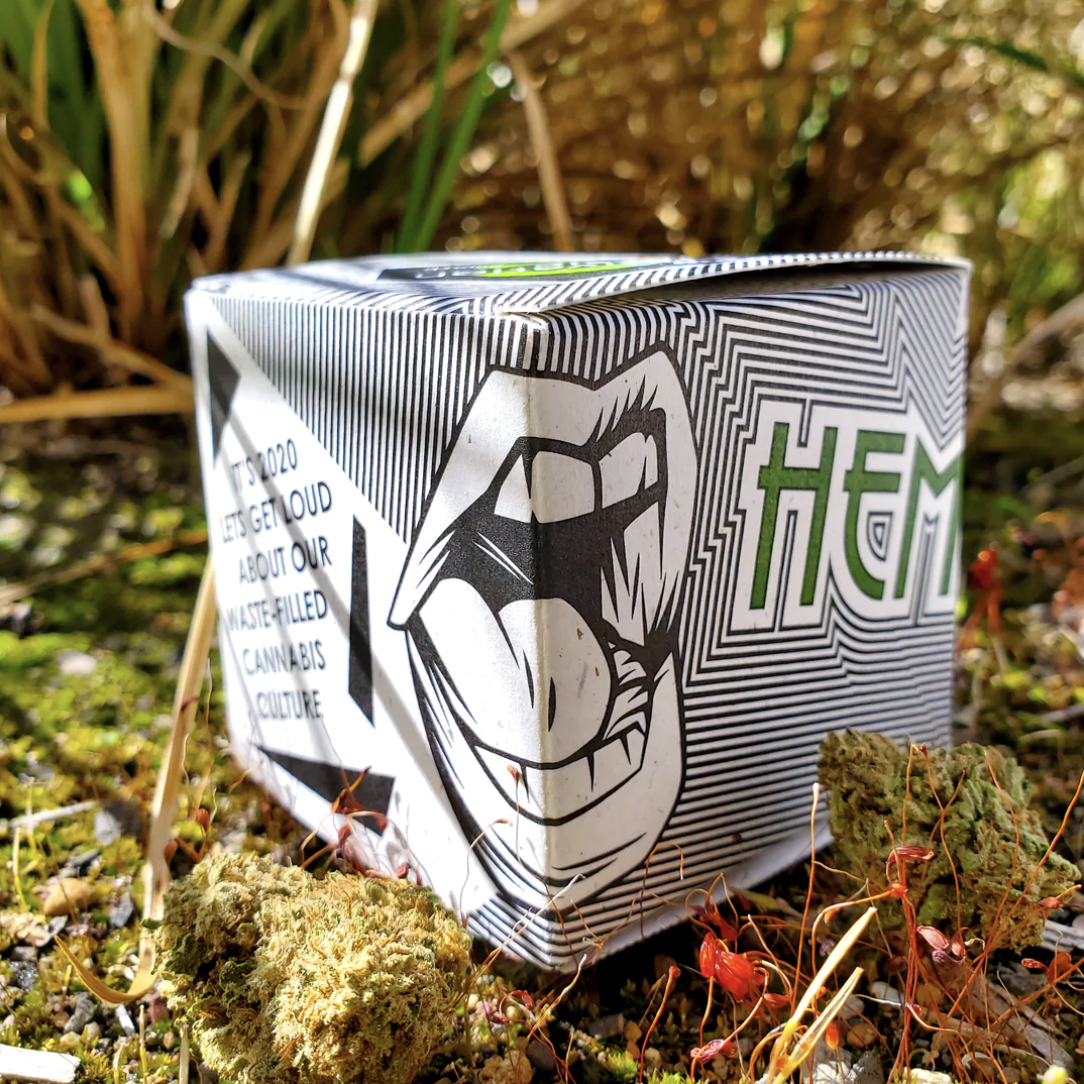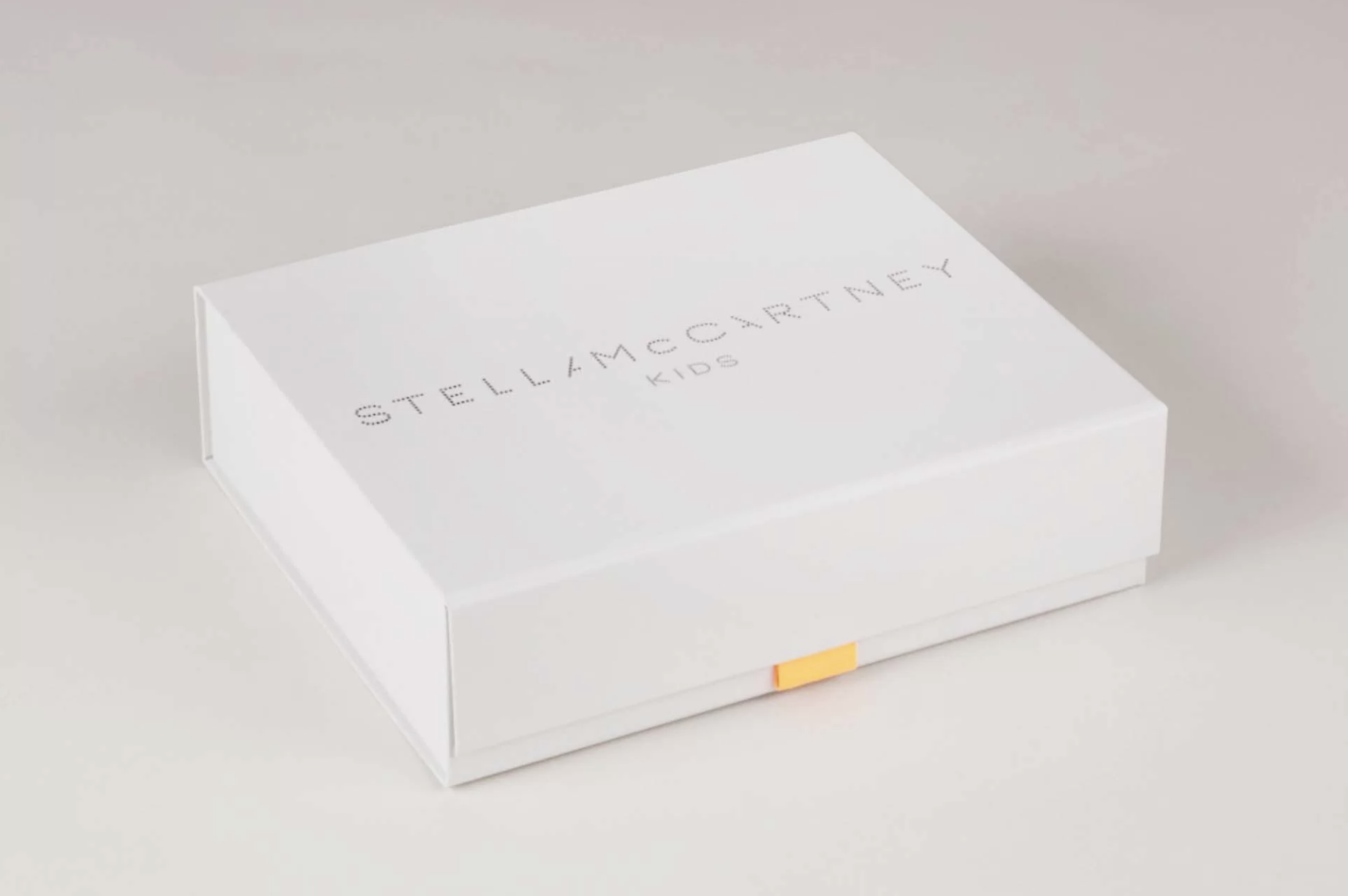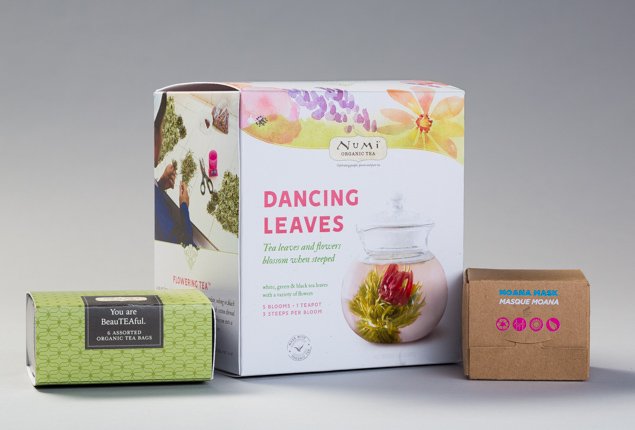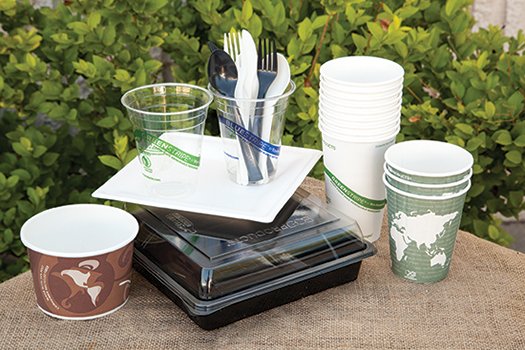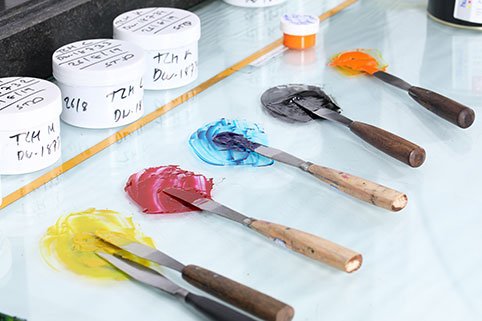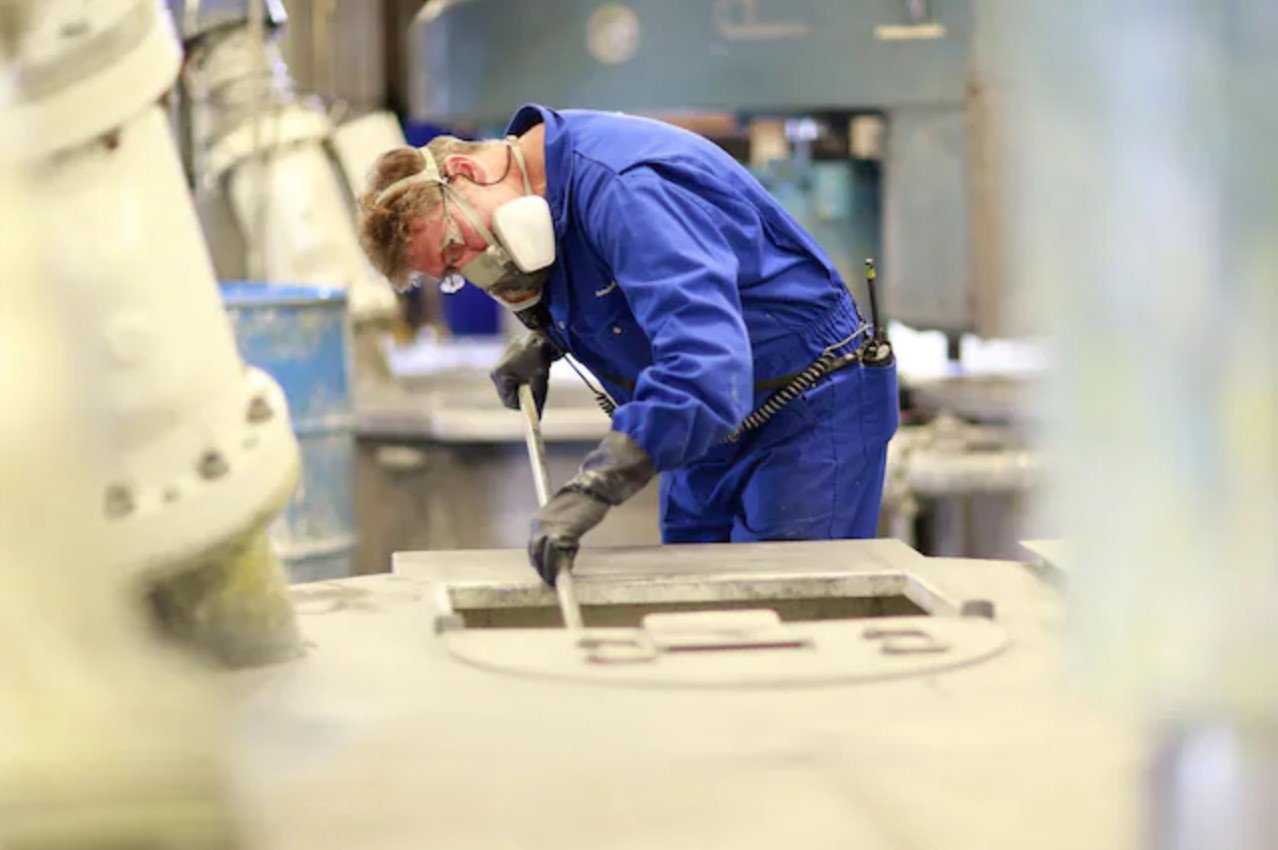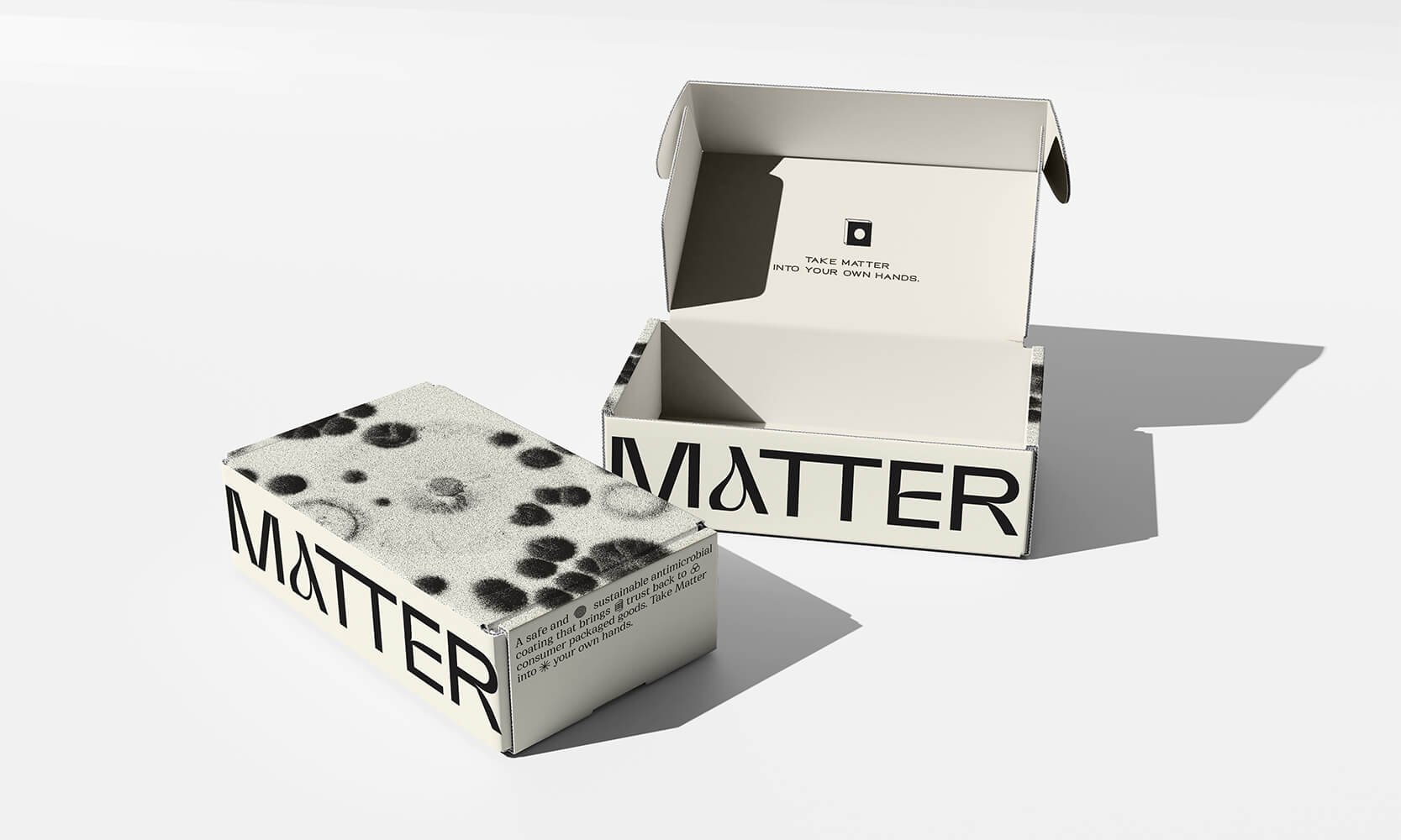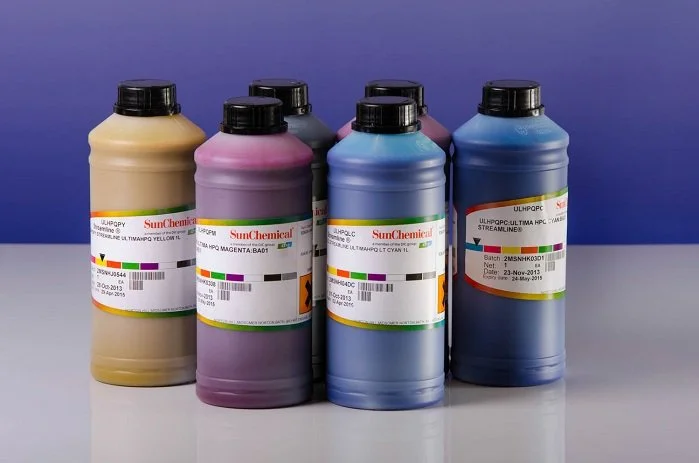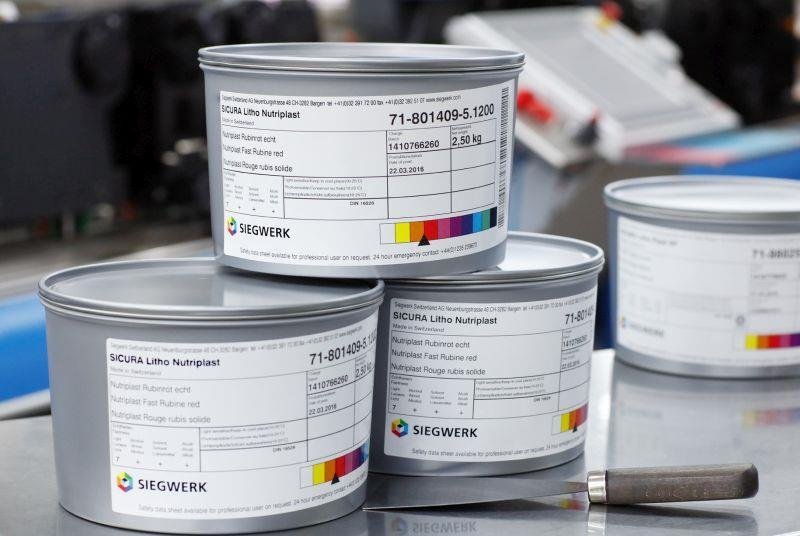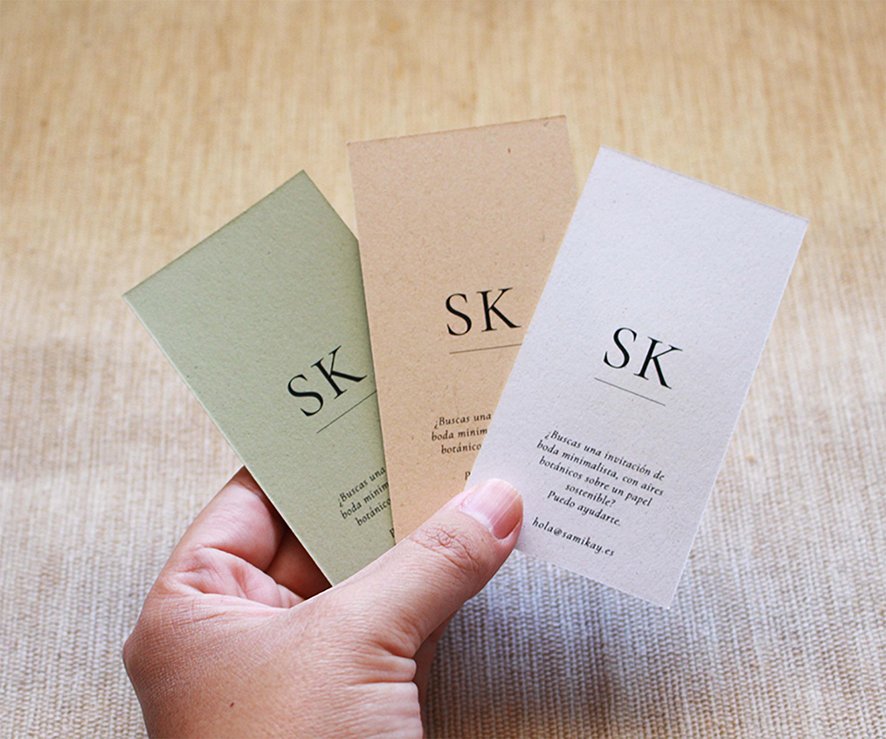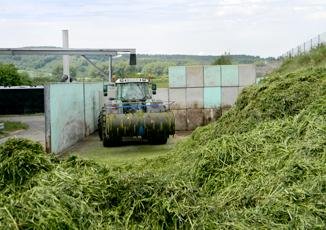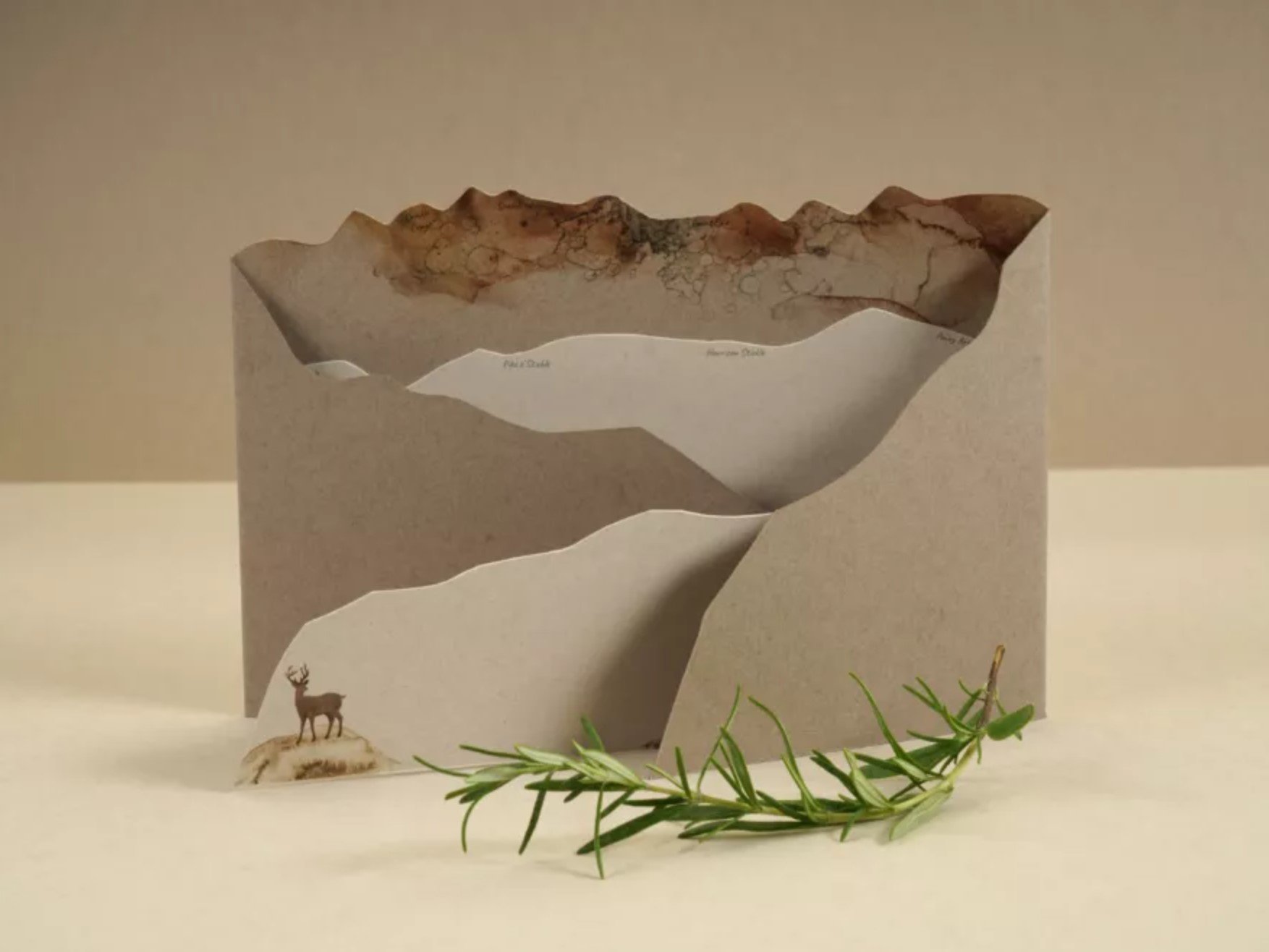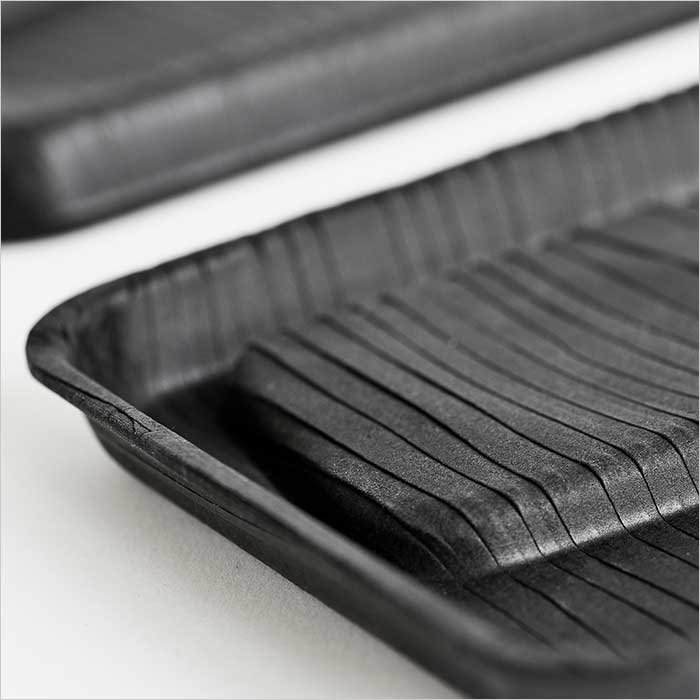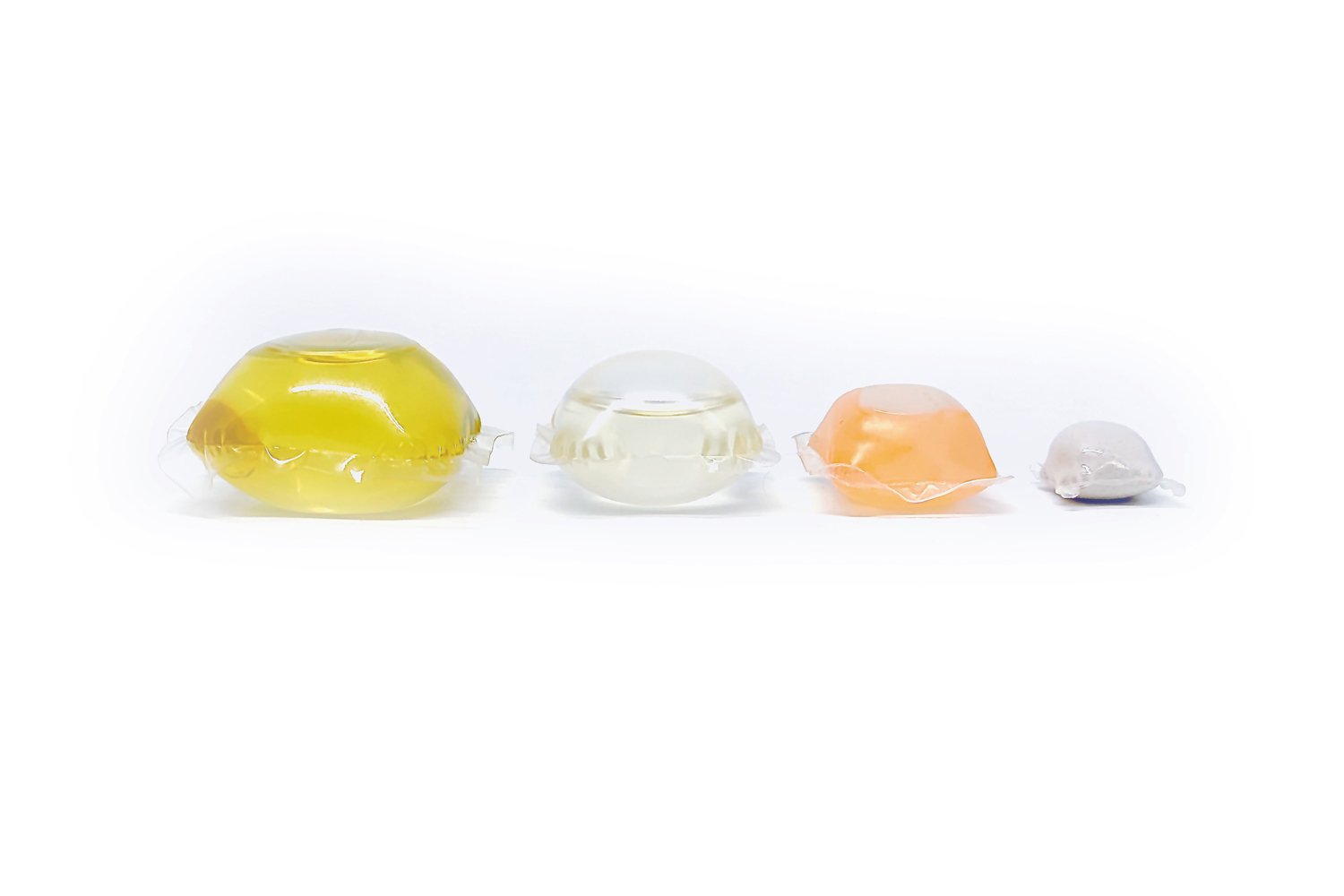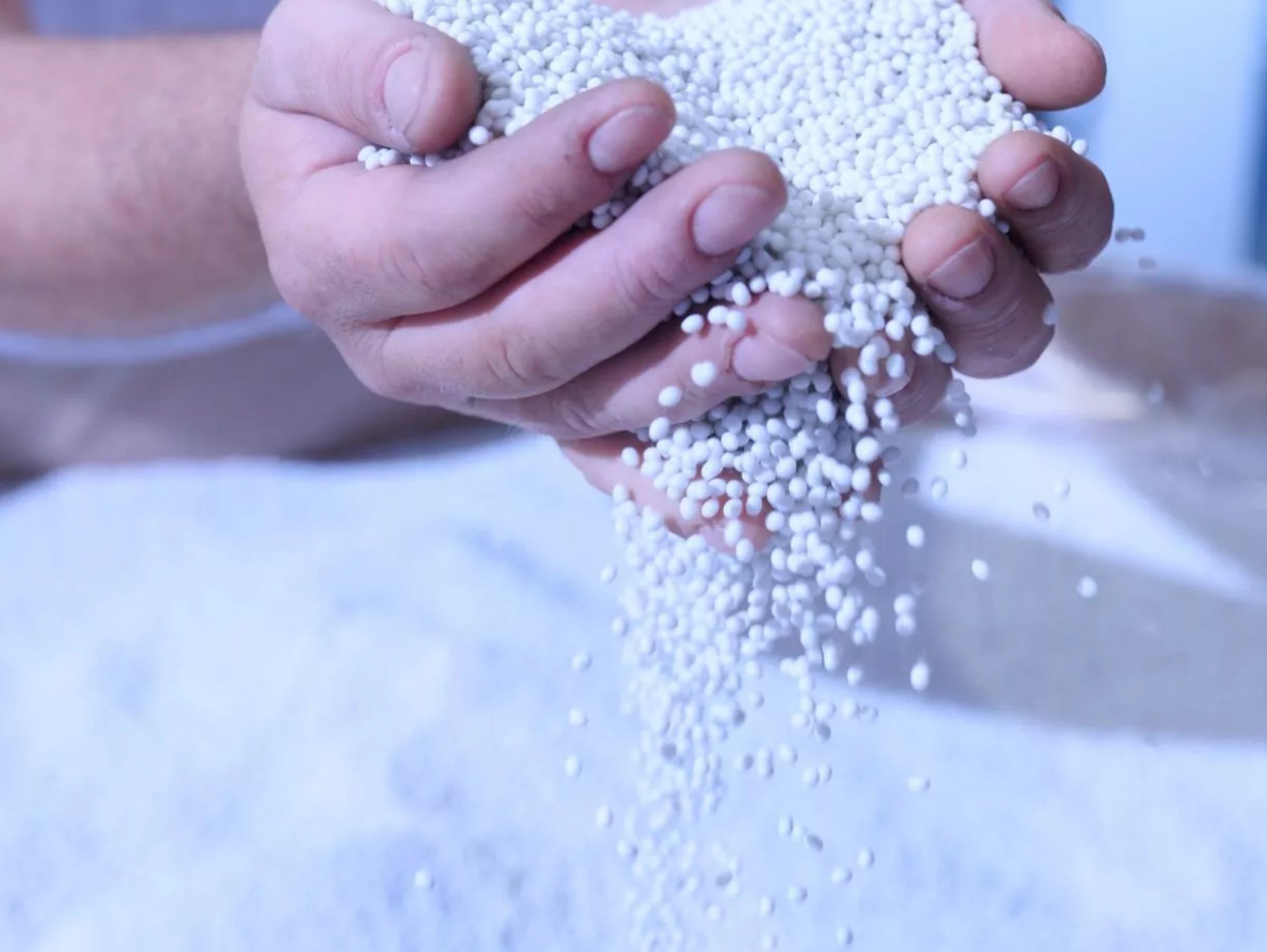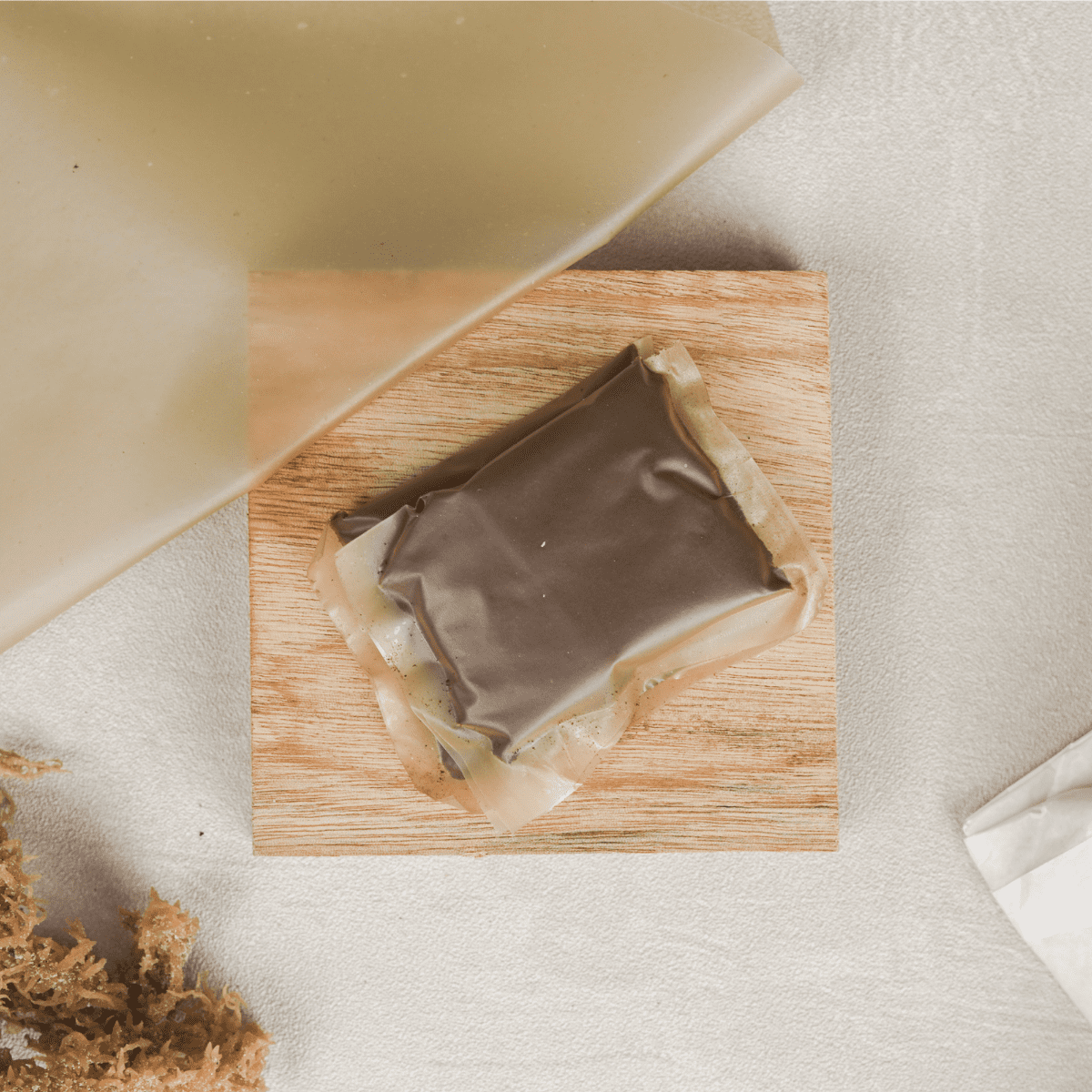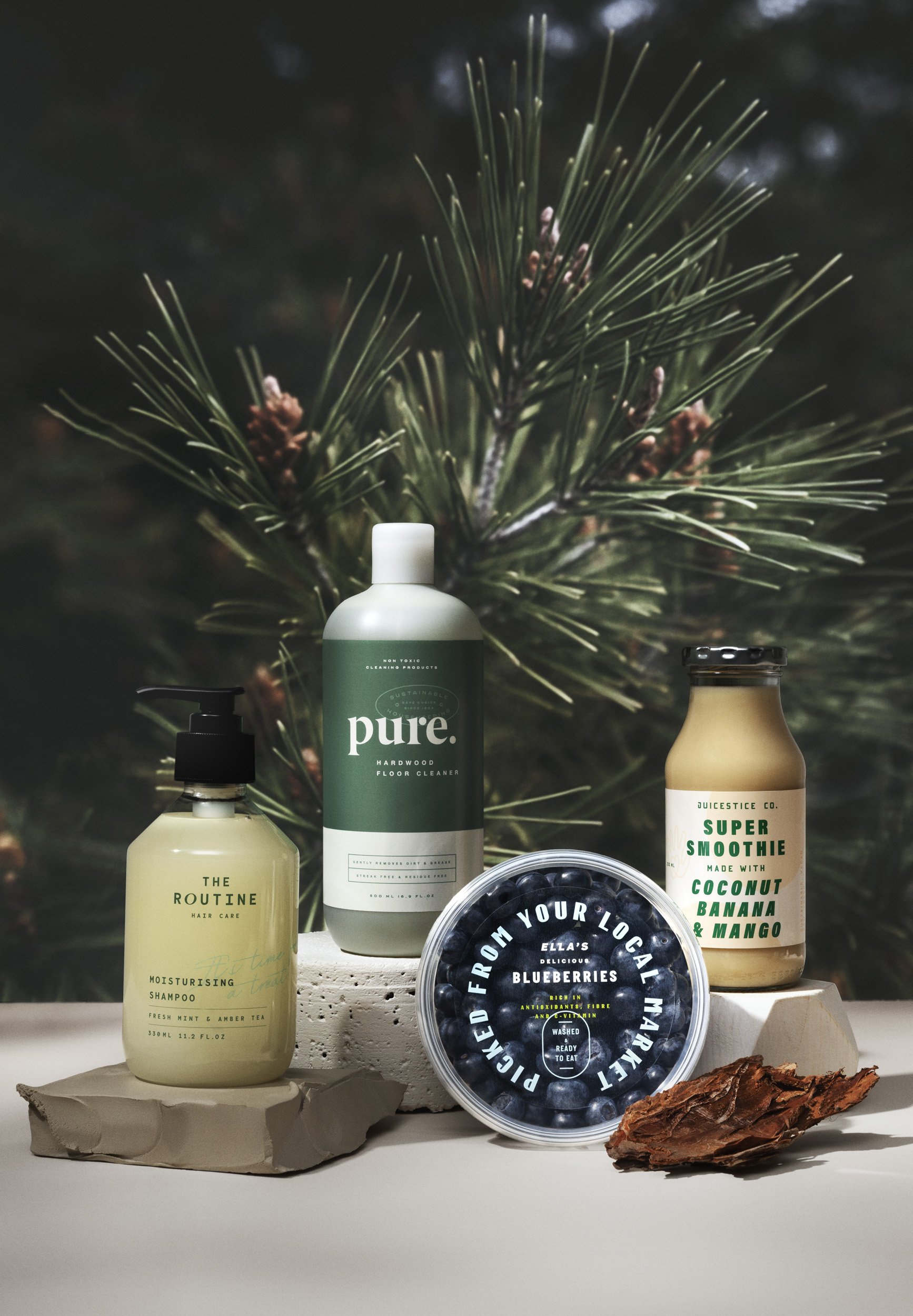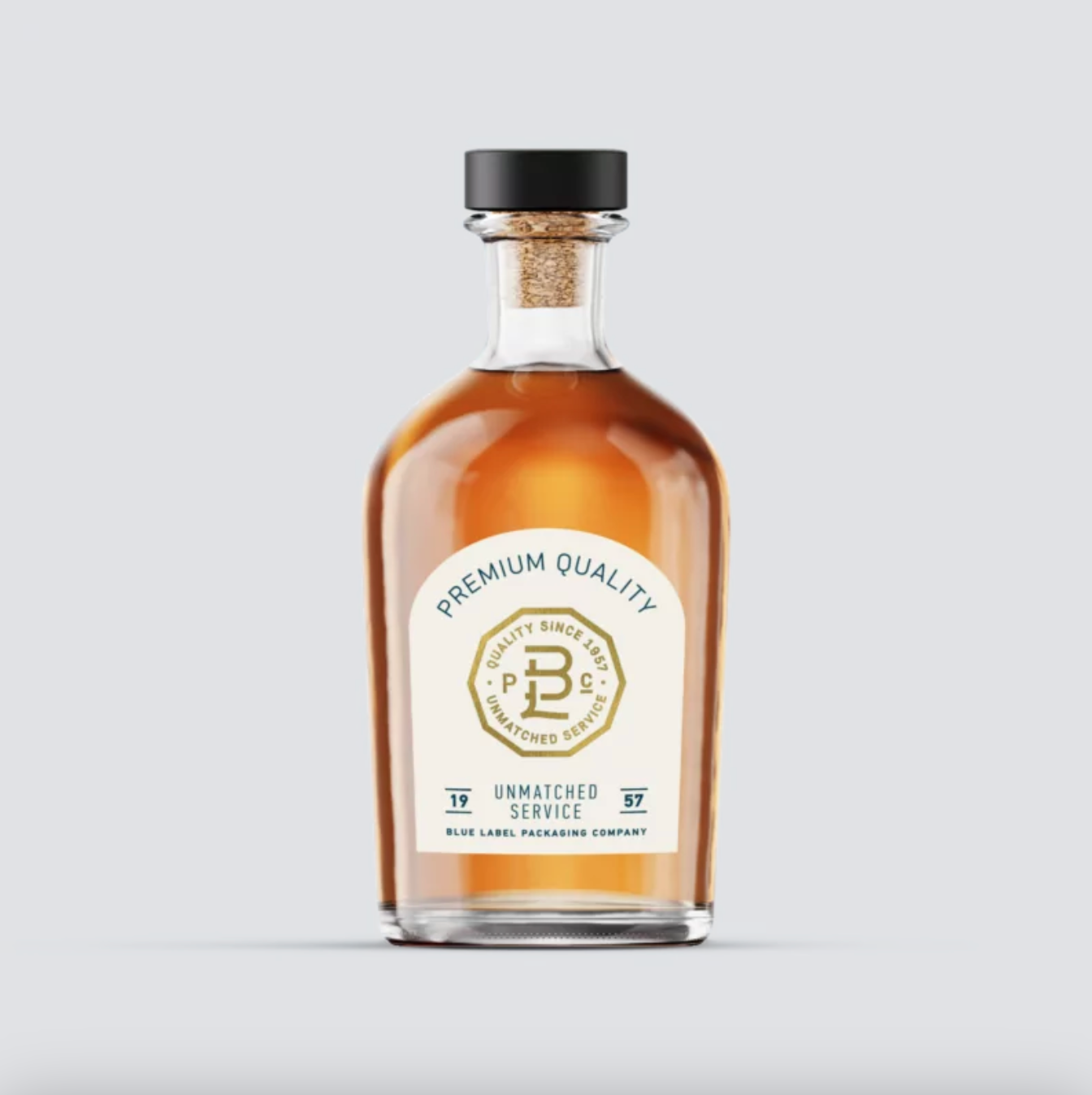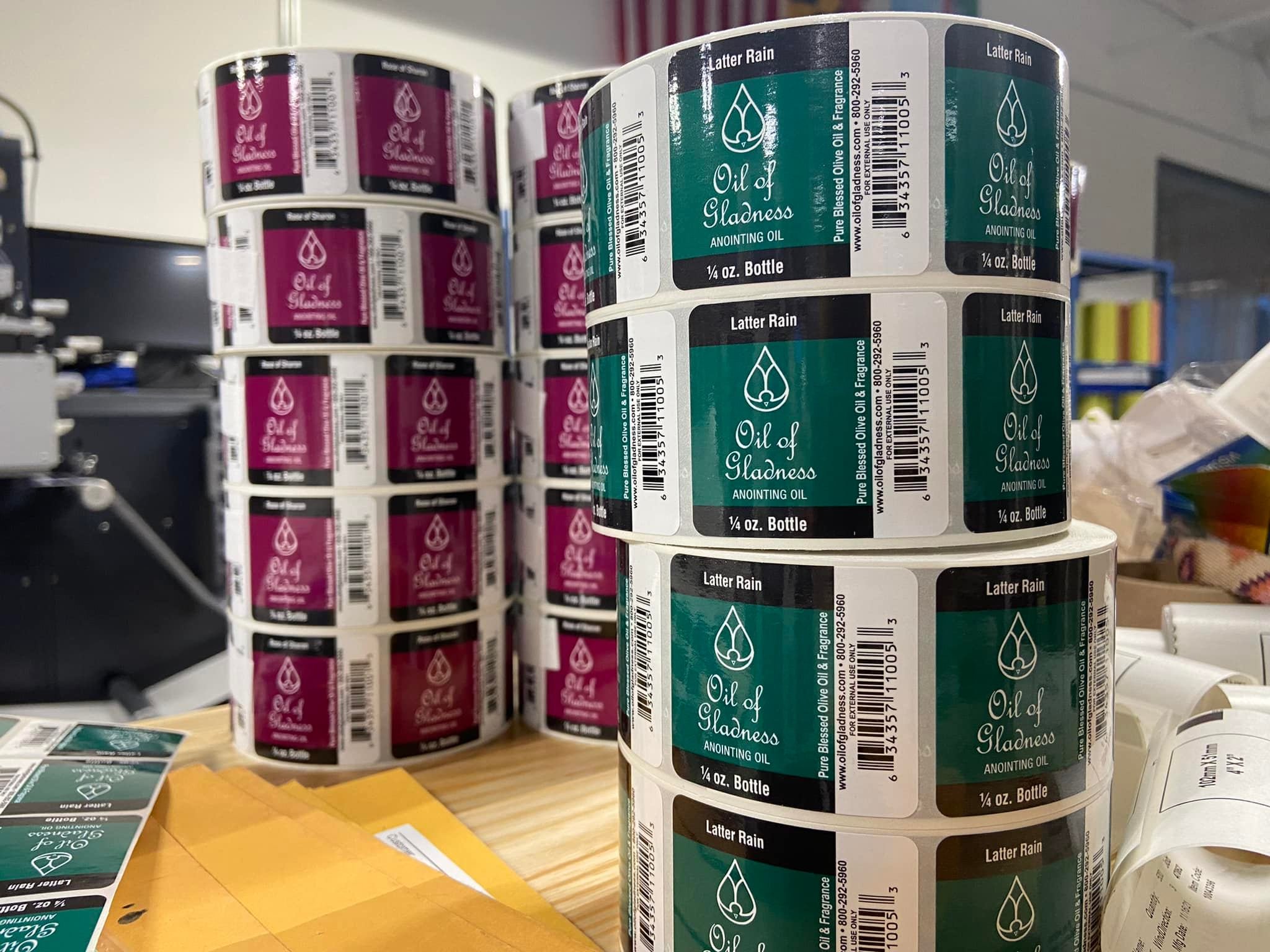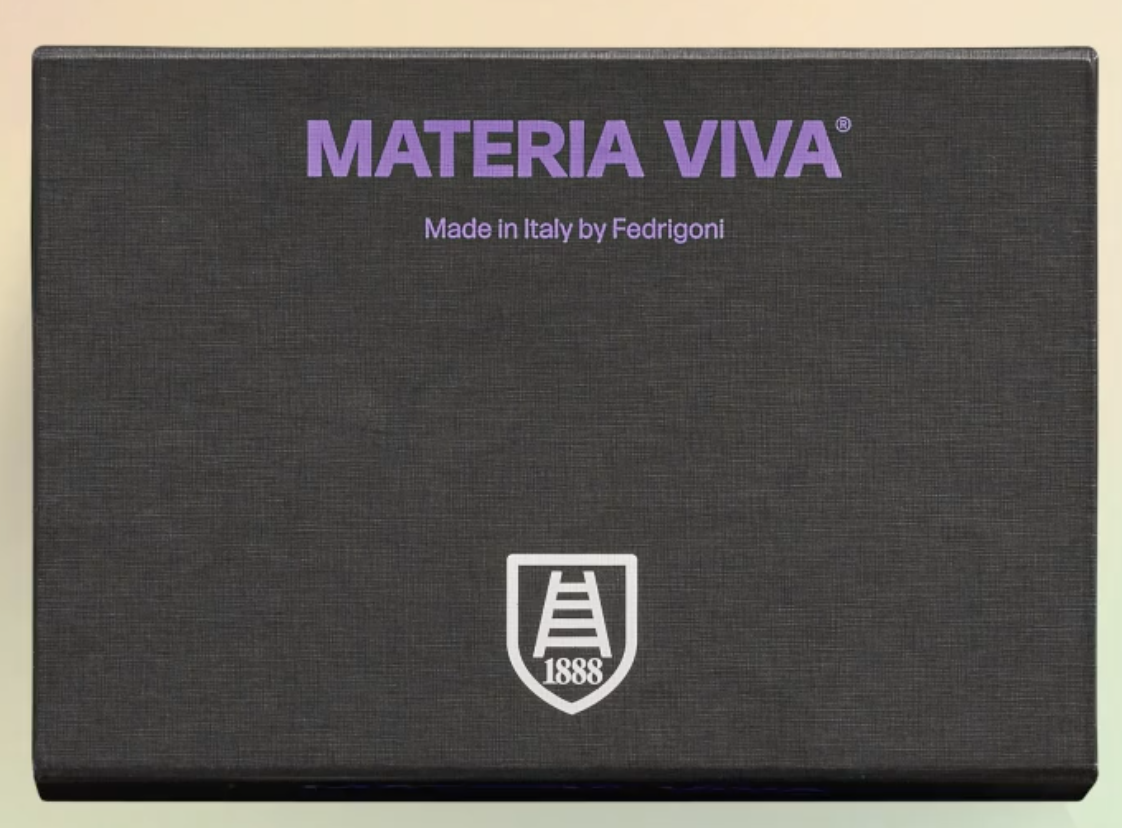Better Packaging Co.
Better Packaging Co.
🏭 New Zealand
What we like about Better Packaging Co: Good selection of compostable mailers and poly bags, certified home compostable by Australian standards. Good, honest customer service.
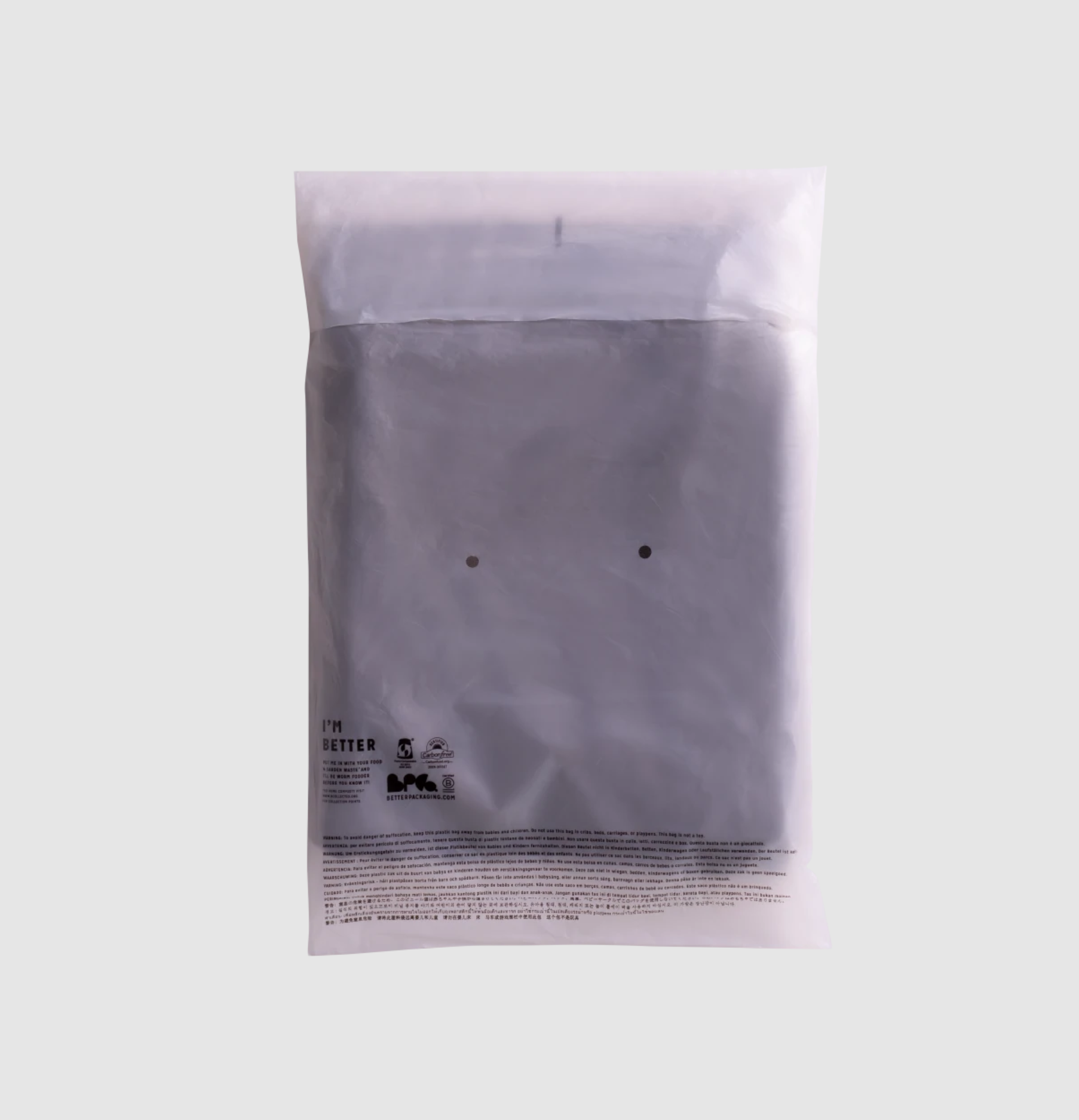
Cornstarch Film Bags
Made from corn starch with a binding agent.
-
Bioplastic is often somewhat translucent. Bioplastic films usually feels a tad more rough than traditional plastic, but the texture isn't visible.
-
These bags are predominantly made from cornstarch. It’s common for bioplastics to include fossil fuel derived additives to aid with properties like flexibility.
These bags from Better Packaging Co do use a binding agent (which doesn’t inhibit compostability), but it’s unclear if the binding agent is derived from fossil fuels.
-
These bags are certified for home composting.
Certifications:
Home Compostable AS 5810
OK Home Compost
Commercially Compostable AS 4736, EN 13432
-
Bioplastics look and feel like traditional plastic. Proper disposal information should be an important part of the design so that they don't end up in the wrong waste stream. Let customers know if they should recycle or compost the plastic. If composting is the best case scenario, it's good to let customers know that if they can't compost it, that it's best if the plastic is reused or thrown in with the trash. Tossing bioplastic in with recycling just adds an extra step on the way to landfill.
You could consider a takeback program. If you can work with an industrial composter that accepts bioplastic, you can bulk compost your packaging on behalf of customers.

LDPE Poly Bags
Made from 100% ocean-bound plastic
-
They’re translucent with the Look and feel like thin typical plastic bags. Not intended for shipping
-
Better Packaging’s POLLAST!C™ line is made from ocean-bound plastic, meaning that it’s made from plastic waste that’s been collected from beaches and riverways, then recycled. This is one way to minimize the detrimental impact of plastic because you lower your need for new fossil fuels.
Traditional plastic is derived from fossil fuels which are a non-renewable resource. In addition to that, they release greenhouse gases in production and require a tremendous amount of energy, from oil drilling to manufacturing.
There are bio-based plastic alternatives (some with fossil fuel based additives, and some without). While not all of them are compostable, they do limit the environmental impact in production when compared to plastic made entirely of fossil fuels.
The vast majority of plastic (over 90%) is not recycled and ends up in landfills or waterways. Whether it ends up in a landfill or waterway, plastic takes decades to degrade.
-
In 2021, the US recycled less than 6% of its plastic waste, according to a study by Beyond Plastics. The number is likely lower for plastic films because many recycling facilities aren’t equipped to process them.
While plastics with the resin codes #1 and #2 (PET and HDPE) have a higher likelihood of being recycled, plastic as a whole has a very low likelihood of actually being recycled. This is due to several factors including the lack of recycling infrastructure, the number of plastic types, the sheer volume of plastic waste, and the quick degradation of the polymers in recycling. Even if plastic ends up in a recycling bin, most of it will end up in landfills or oceans.
To minimize the amount of plastic sent to landfills, use paper-based or glass alternatives, or opt for refillable or practically reusable designs.
-
Use discretion when using plastic resin codes (the recycling symbol surrounding a number). They can be misleading because they imply that a type of plastic is recyclable, when in many cities that's not the case. Plastics #1 and #2 (PET and HDPE) are most widely accepted for recycling, unless their made into plastic film.
On your design, it's ideal to indicate the plastic type and encourage customers to look into the rules for their city before recycling.

Compostable Film Tape
Made from 90% renewable resources with adhesive made from natural rubber.
-
Clear packing tape.
-
Bioplastics are derived primarily from renewable materials from plants or animals, instead of fossil fuels which are not renewable. Some bioplastics may have fossil fuel additives to enhance certain performance properties like flexibility.
-
Certified for industrial composting.
Certifications:
EN 13432
ASTM D 6400-04
ISO 17088 (2012)
-
Bioplastics look and feel like traditional plastic. Proper disposal information should be an important part of the design so that they don't end up in the wrong waste stream. Let customers know if they should recycle or compost the plastic. If composting is the best case scenario, it's good to let customers know that if they can't compost it, that it's best if the plastic is reused or thrown in with the trash. Tossing bioplastic in with recycling just adds an extra step on the way to landfill.
You could consider a takeback program. If you can work with an industrial composter that accepts bioplastic, you can bulk compost your packaging on behalf of customers.

Compostable Film Mailers
-
The black bags are opaque, and all other colors are slightly transparent. They feel very similar to traditional poly mailers.
-
Bioplastics are derived primarily from renewable materials from plants or animals, instead of fossil fuels which are not renewable. Some bioplastics may have fossil fuel additives to enhance certain performance properties like flexibility.
-
This bag is home compostable and Better Packaging Co claims it will degrade 3-6 months. It can also be composted in an industrial facility.
Certifications:
AS 5810 Home Compostable
OK Home Compost
Seedling AS 4736
-
Bioplastics look and feel like traditional plastic. Proper disposal information should be an important part of the design so that they don't end up in the wrong waste stream. Let customers know if they should recycle or compost the plastic. If composting is the best case scenario, it's good to let customers know that if they can't compost it, that it's best if the plastic is reused or thrown in with the trash. Tossing bioplastic in with recycling just adds an extra step on the way to landfill.
You could consider a takeback program. If you can work with an industrial composter that accepts bioplastic, you can bulk compost your packaging on behalf of customers.

Compostable Paper Thermal Labels
The liner that’s made from a paper coated with silicone and glassine.
-
These look and feel similar to traditional thermal shipping labels, and work with various thermal printers including DYMO, Zebra, and Sato.
-
These thermal labels are industrially compostable. They’re backed with an adhesive that’s made from a high percentage of renewable materials.
The liner is made from a paper coated with a silicone and glassine. Better Packaging Co recommends to reach out to them for more information on how to recycle the liners.
-
These thermal labels are industrially compostable. If they’re stuck on a box or paper mailer, they’ll be sifted out and discarded in recycling. If they’re stuck on a plastic mailer, it’s ideal if that mailer is also industrially compostable so that the mailer and label can be composted together.
Certification:
Commercially Compostable EN13432
-
Consider the information under Disposal and include information to help consumers provide the ideal end-of-life.
Poly Bags & Films
Large offering of stock paper and plastic ecommerce solutions, with impressive PCR rates.
Biopolymer extracted from nature to take many forms: films, rigid containers, and more.
Selection of home compostable plastic mailers and bags. They also carry compostable tape and labels.
Trays & Inserts
Specializes in corn starch foam, a dissolvable, home-compostable alternative to plastic foam and insulation.
Paper Mailers
Large offering of stock paper and plastic ecommerce solutions, with impressive PCR rates.
Manufacturer of boxes and paper mailers that also specializes in high quality adhesive and labels.
Expansive catalog of stock and custom ecommerce packaging, from mailers and boxes to tape and labels.
Selection of home compostable plastic mailers and bags. They also carry compostable tape and labels.
Cushioning
Large offering of stock paper and plastic ecommerce solutions, with impressive PCR rates.
Specializes in corn starch foam, a dissolvable, home-compostable alternative to plastic foam and insulation.
Jars & Bottles
Industrially compostable bamboo bioplastic jars and bottles for personal care products.
Glass bottles and jars for food and beverage, made from an average of 60% recycled content.
Personal care packaging like bottles and tubes made from 100% post consumer recycled plastic, sugarcane, or aluminum.
Glass containers made from high percentages of recycled glass and ocean-bound plastic caps.
Glass manufacturer, specializing in cosmetics and perfume, with options for plastic closures.
Jars and bottles, with options for recycled content in addition to mono-material pouches.
Corrugated
US-based corrugated manufacturer with 100% recycled content Envirokraft line. Strongest TikTok game in the corrugated manufacturing world.
Corrugated manufacturer with options for a water and grease barrier that’s compatible with paper recycling.
US-based supplier carrying a good array of stock options and are capable of doing custom solutions.
Manufacturer of boxes and paper mailers that also specializes in high quality adhesive and labels.
Expansive catalog of stock and custom ecommerce packaging, from mailers and boxes to tape and labels.
Folding Cartons
Utah PaperBox is a folding carton and rigid packaging manufacturer based in Salt Lake City.
European manufacturer offering recyclable paper packaging with barrier protection against water and grease.
Folding cartons and collateral made from paper blend made from 50% hemp 50% recycled paper.
Specializing in paperboard boxes, folding cartons, and collateral, with options for 100% recycled paper.
Expansive catalog of stock and custom ecommerce packaging, from mailers and boxes to tape and labels.
Personal care packaging like bottles and tubes made from 100% post consumer recycled plastic, sugarcane, or aluminum.
Food Service
Large catalog of low minimum compostable options. Be wary of PLA with further research.
Inks & Coatings
Raw Materials
Industrially compostable bamboo bioplastic jars and bottles for personal care products.
European manufacturer offering recyclable paper packaging with barrier protection against water and grease.
Folding cartons and collateral made from paper blend made from 50% hemp 50% recycled paper.
Biopolymer extracted from nature to take many forms: films, rigid containers, and more.
Labels
High-performing self-adhesive paper and film products for an extensive set of end-uses, with a range of fossil fuel-free options.
Quality custom labels, shrink sleeves, and hang tags with fast turn around for a variety of industries.
Manufacturer of boxes and paper mailers that also specializes in high quality adhesive and labels.
Expansive catalog of stock and custom ecommerce packaging, from mailers and boxes to tape and labels.
Selection of home compostable plastic mailers and bags. They also carry compostable tape and labels.
Specialty Papers
European manufacturer offering recyclable paper packaging with barrier protection against water and grease.
Folding cartons and collateral made from paper blend made from 50% hemp 50% recycled paper.

